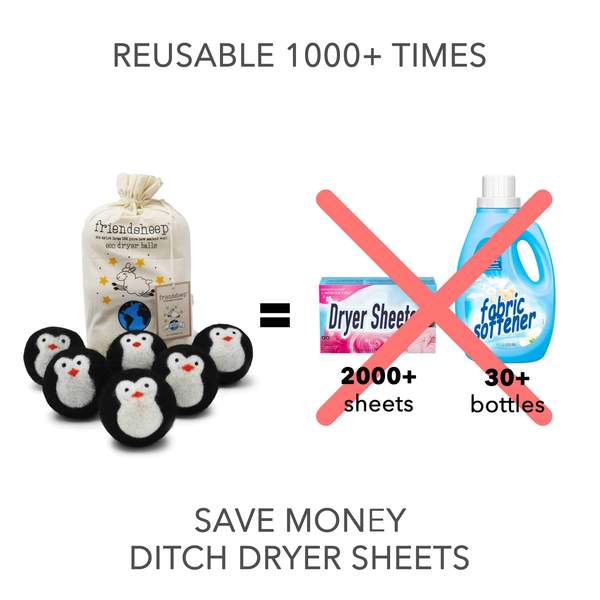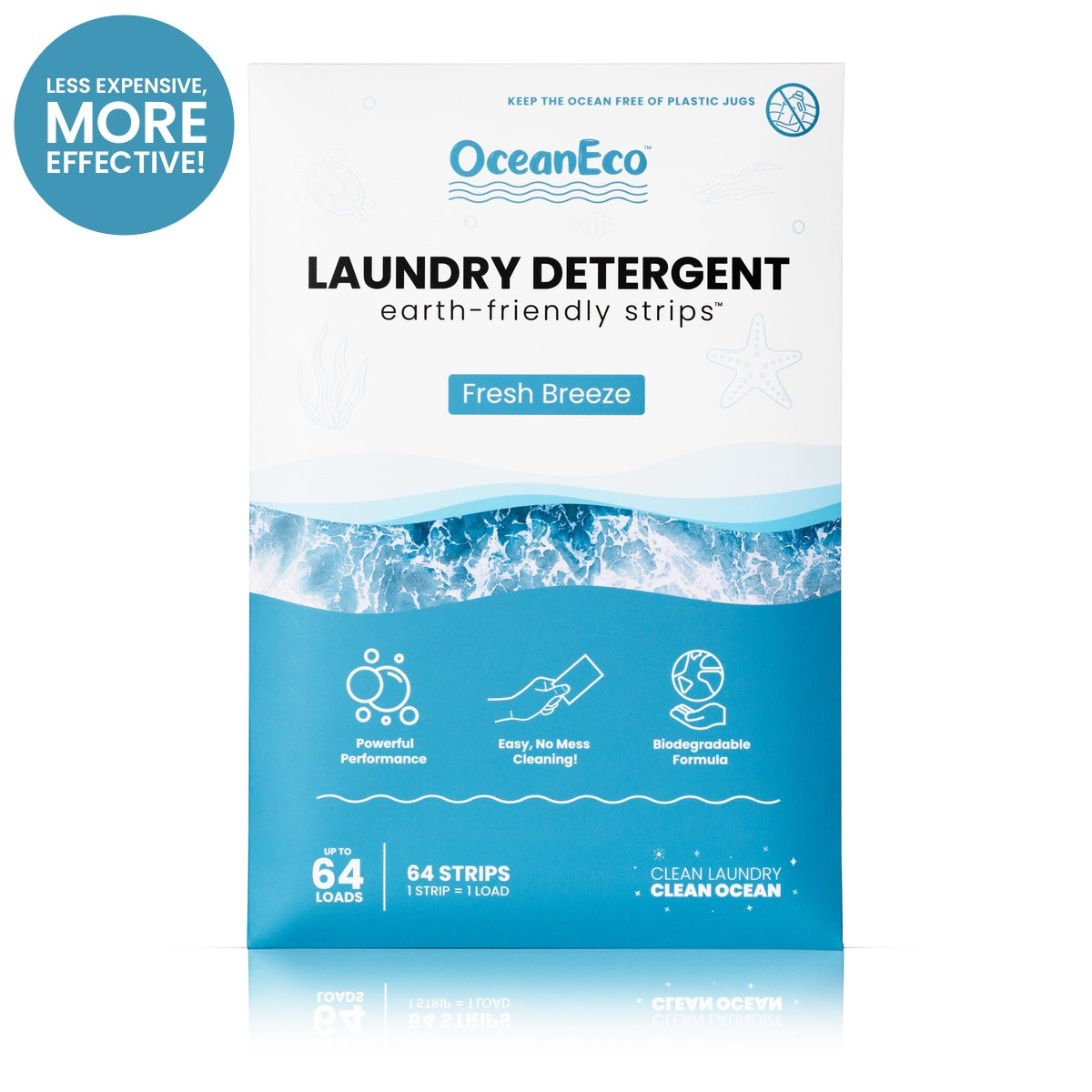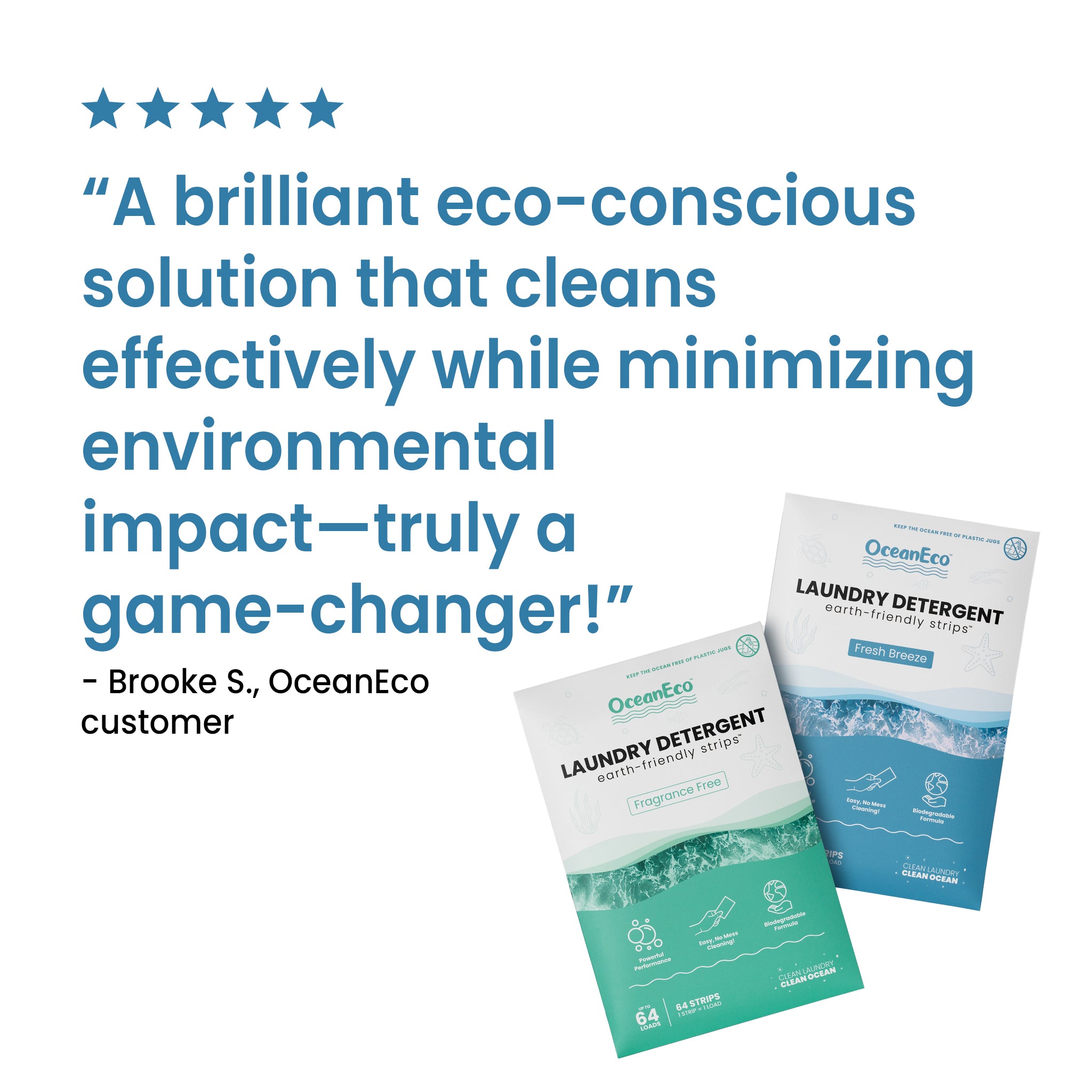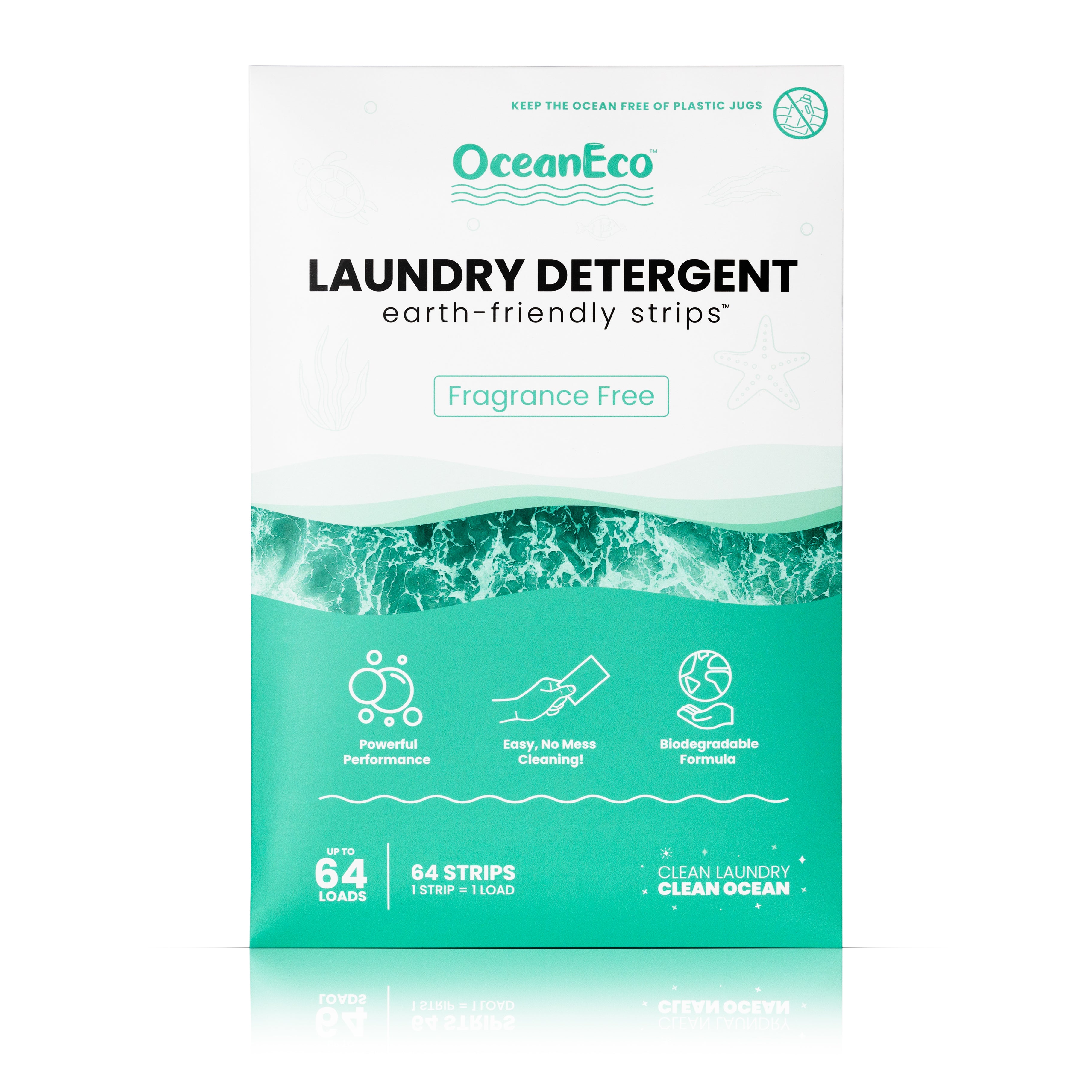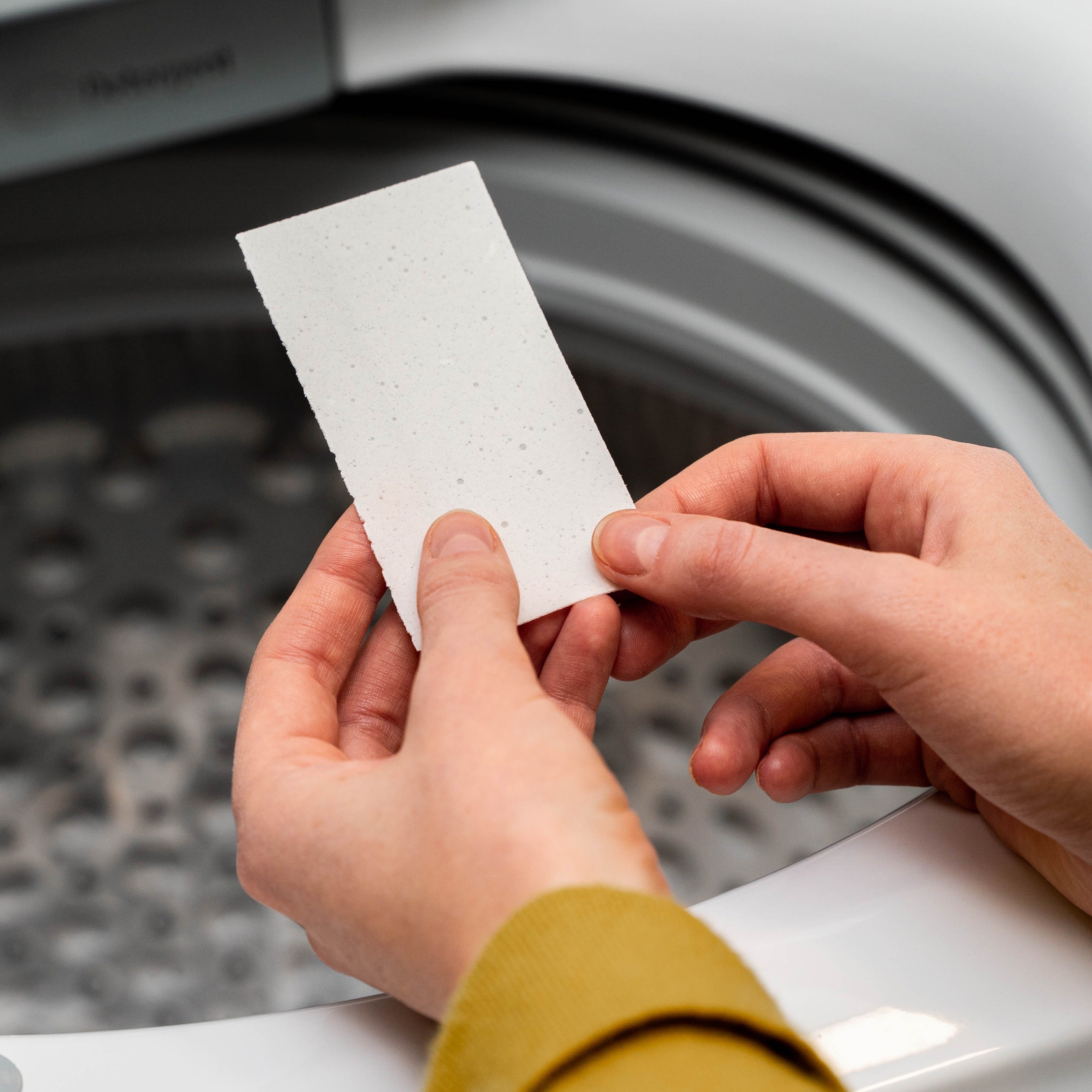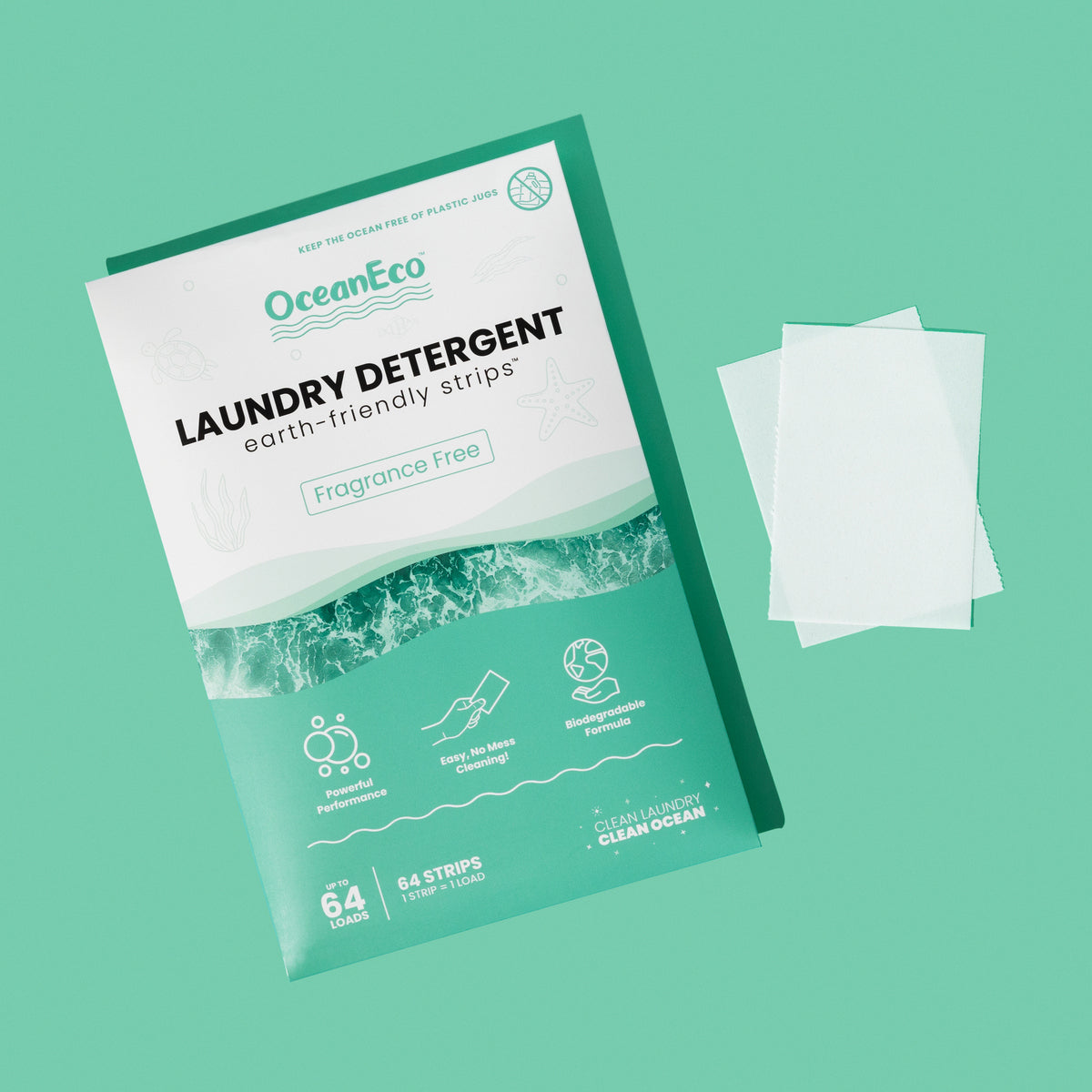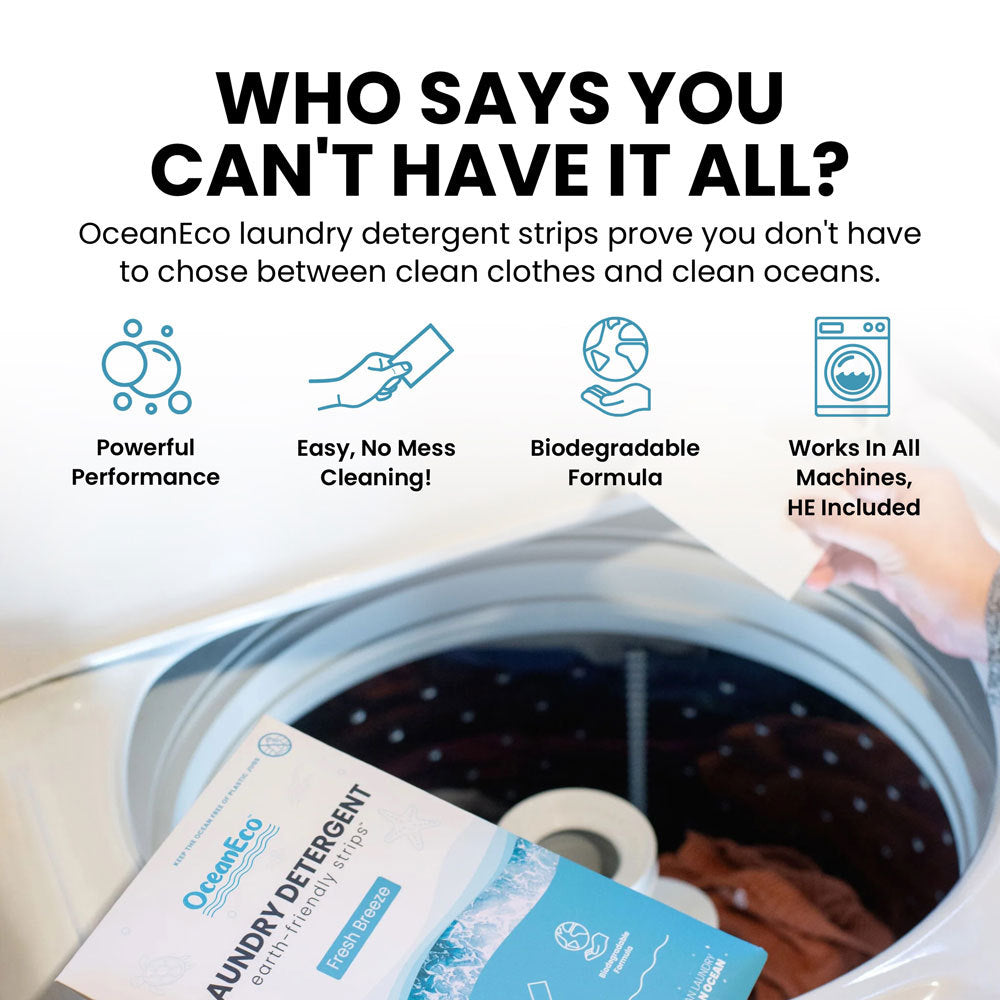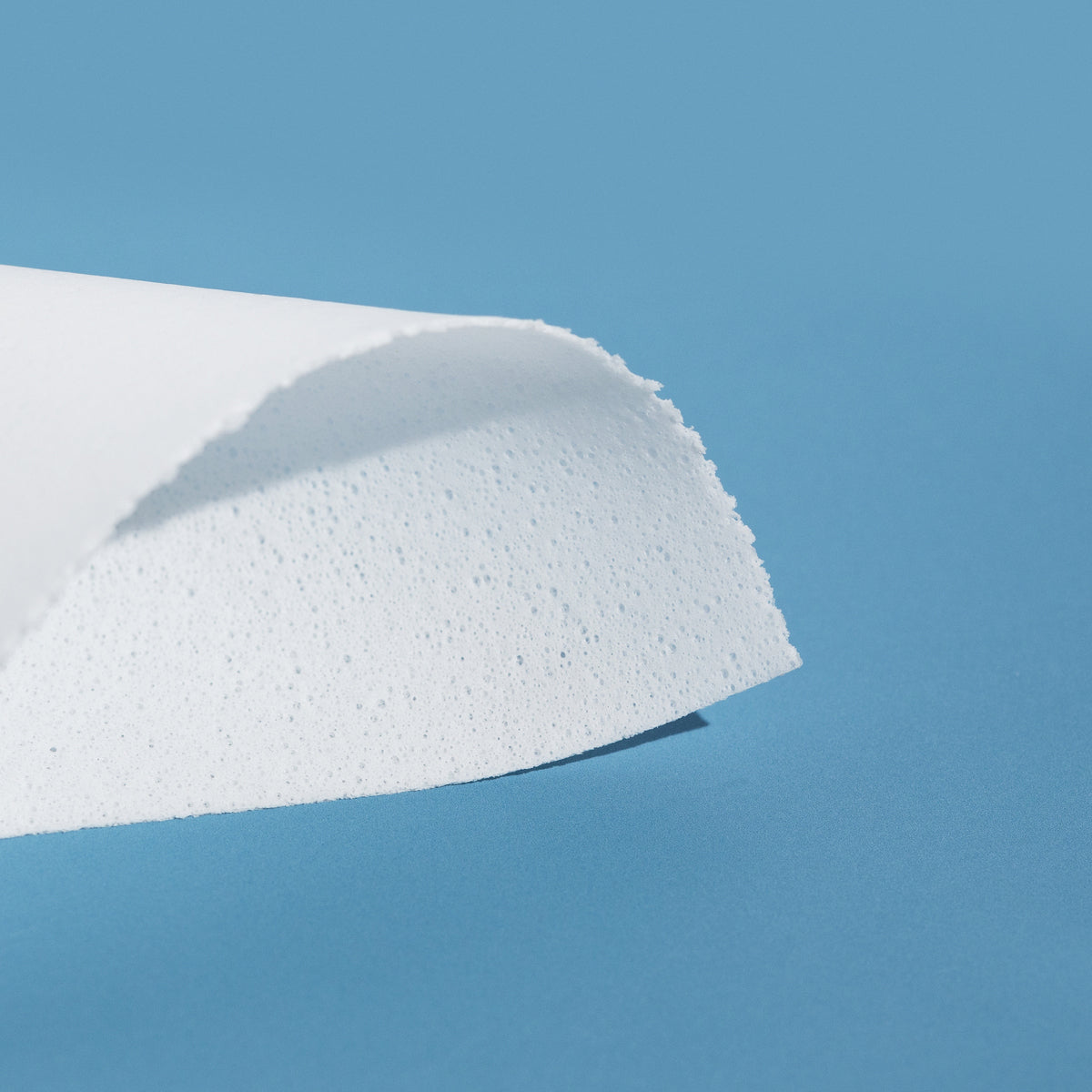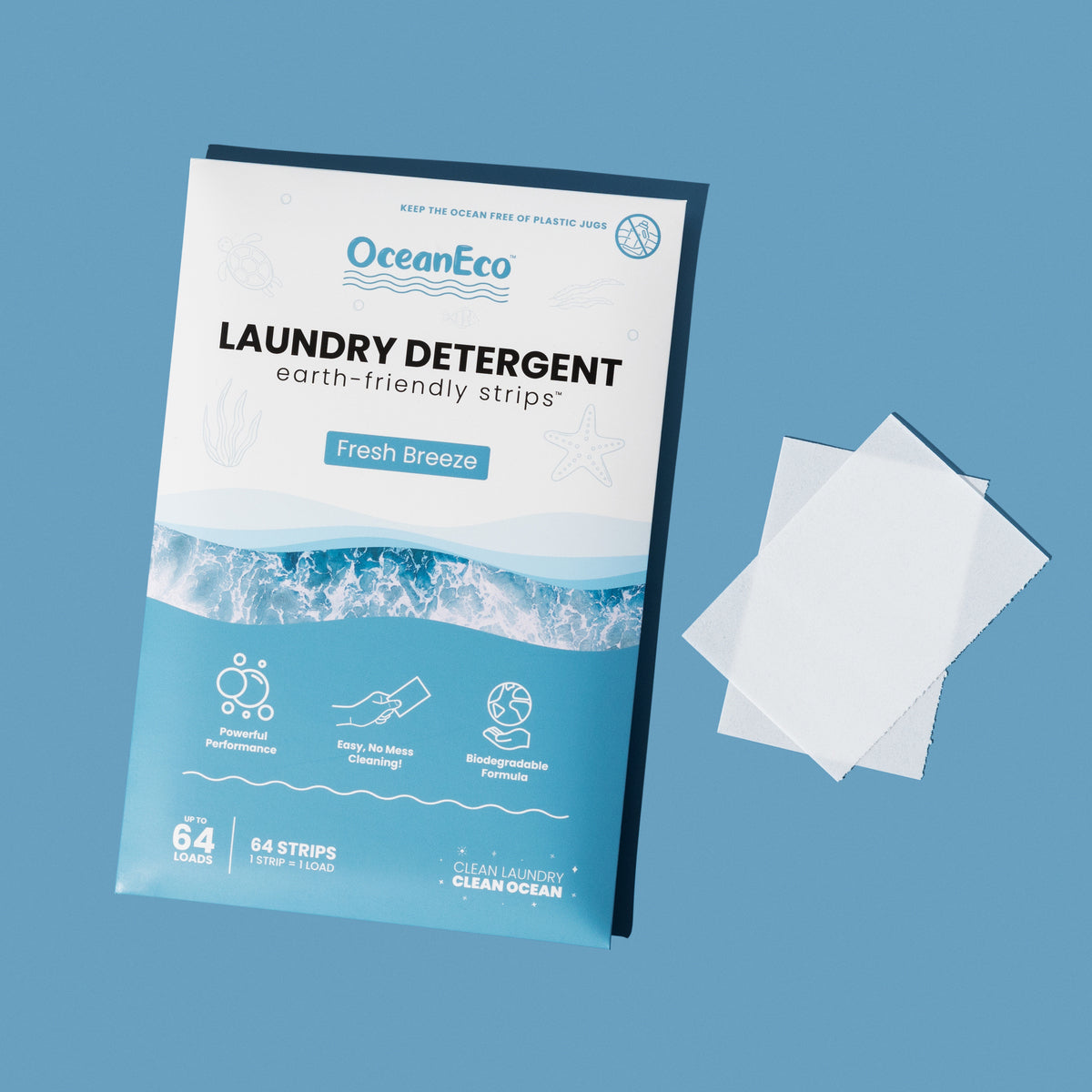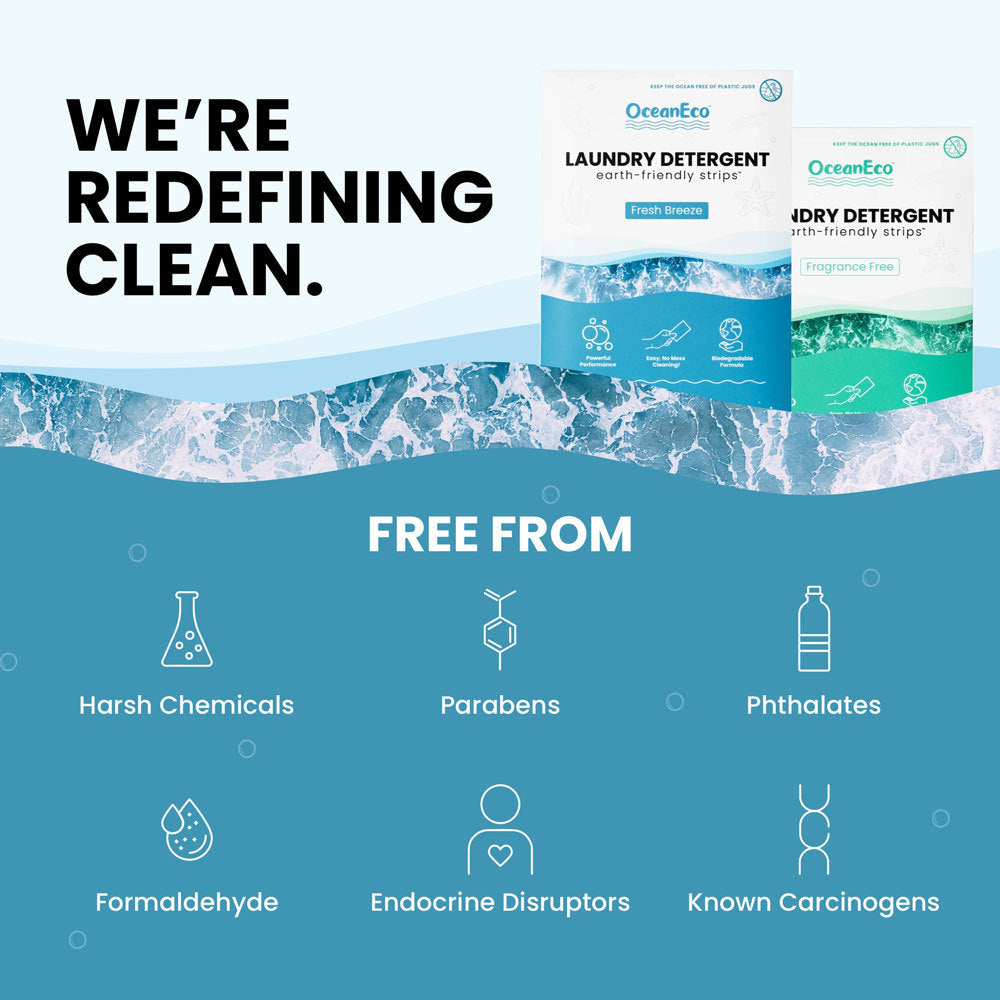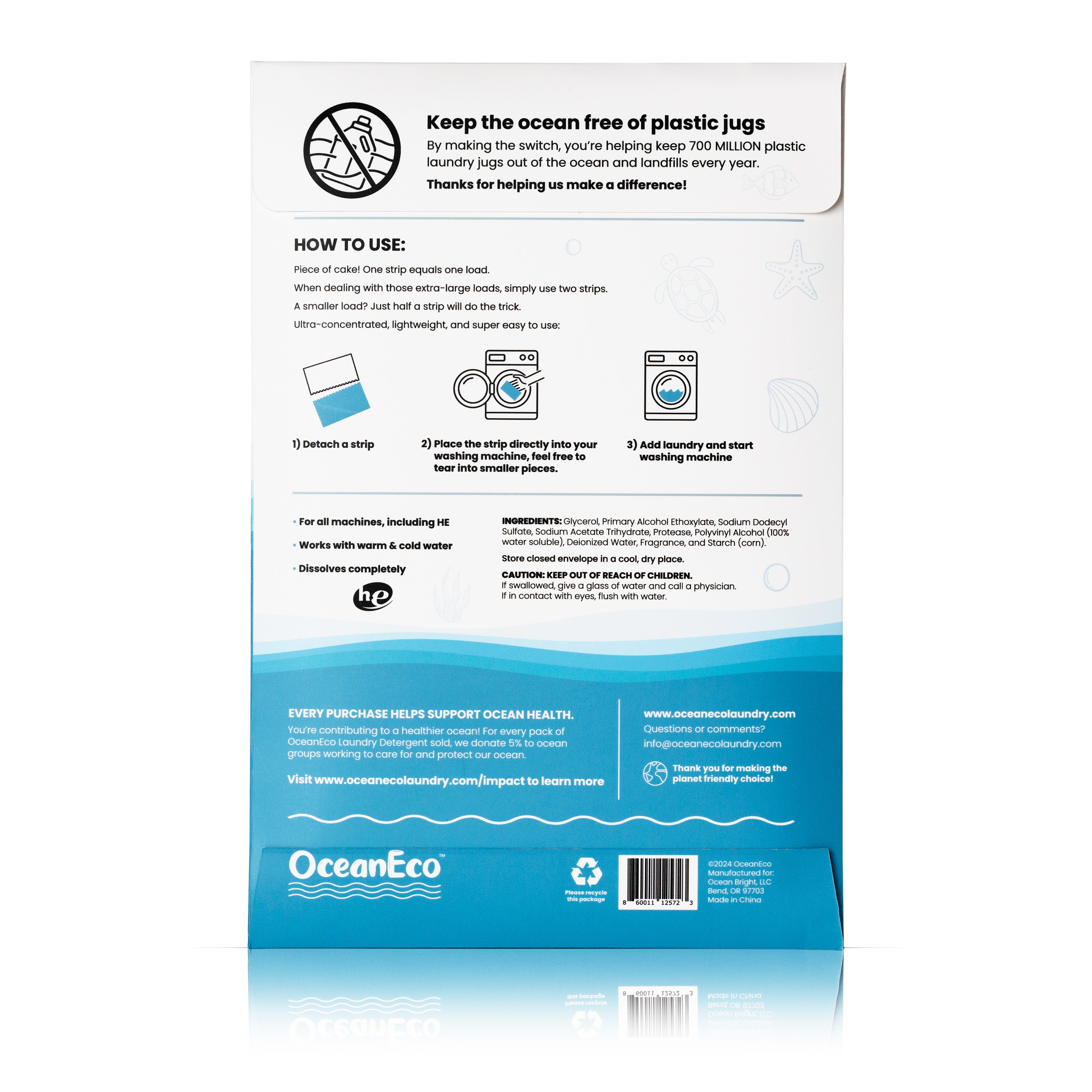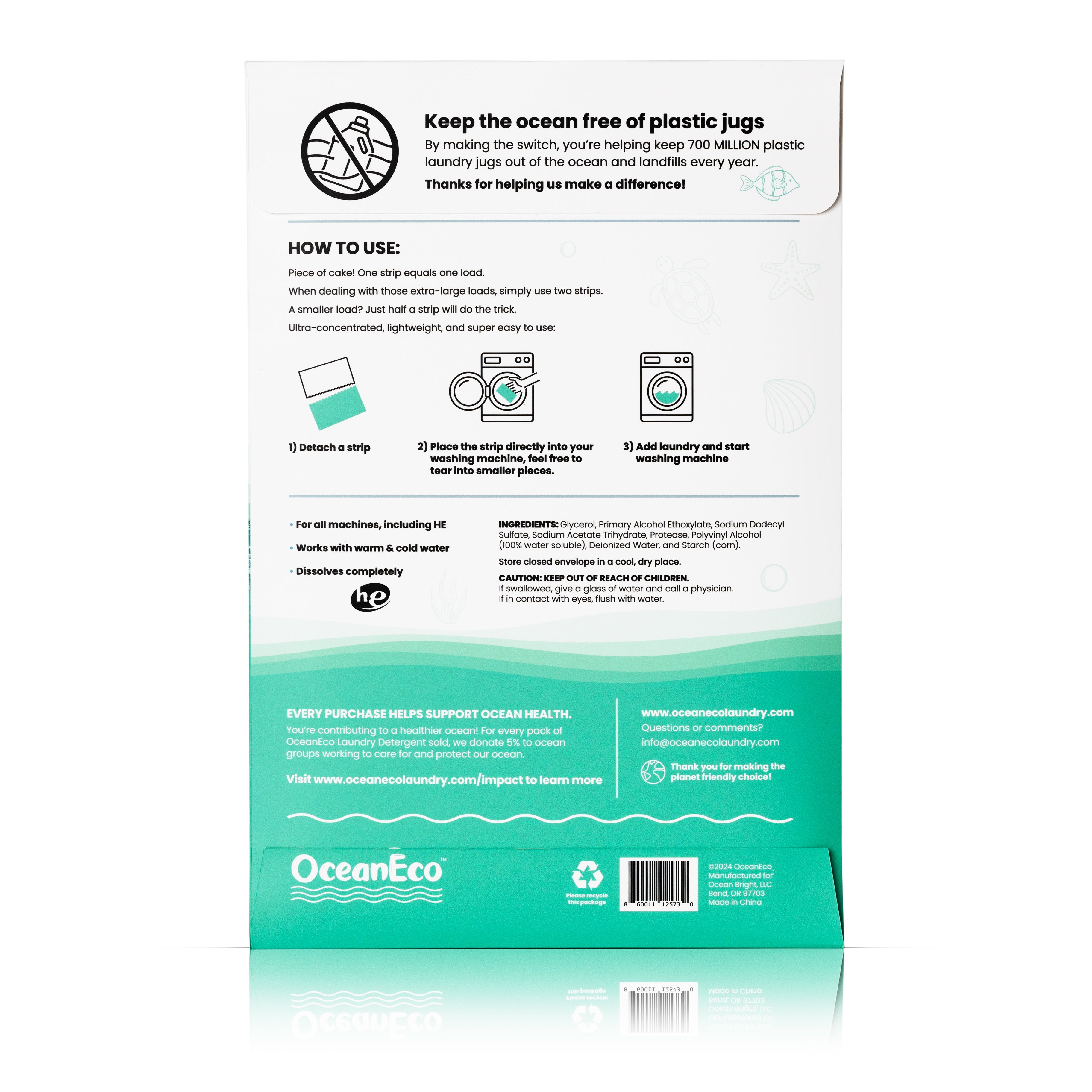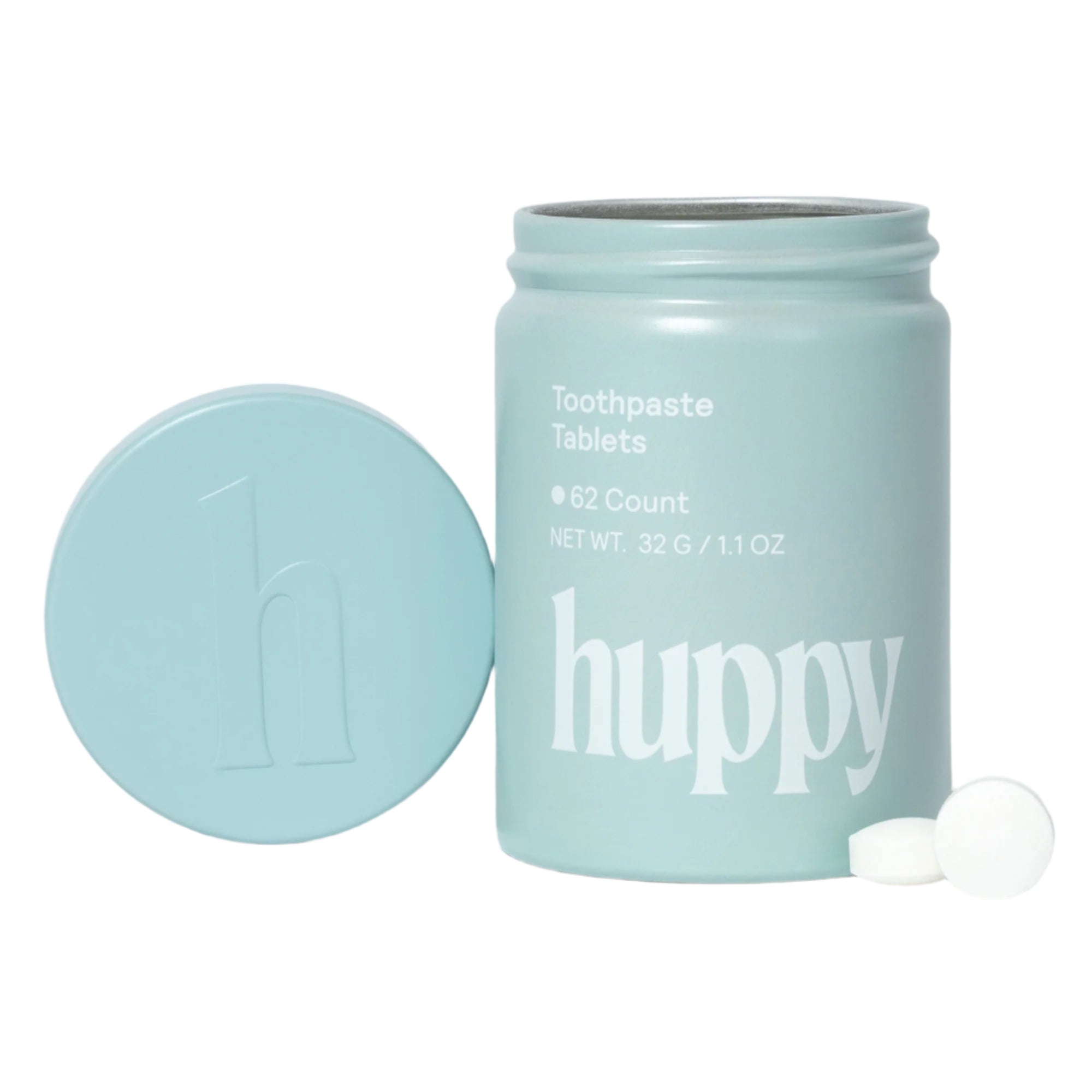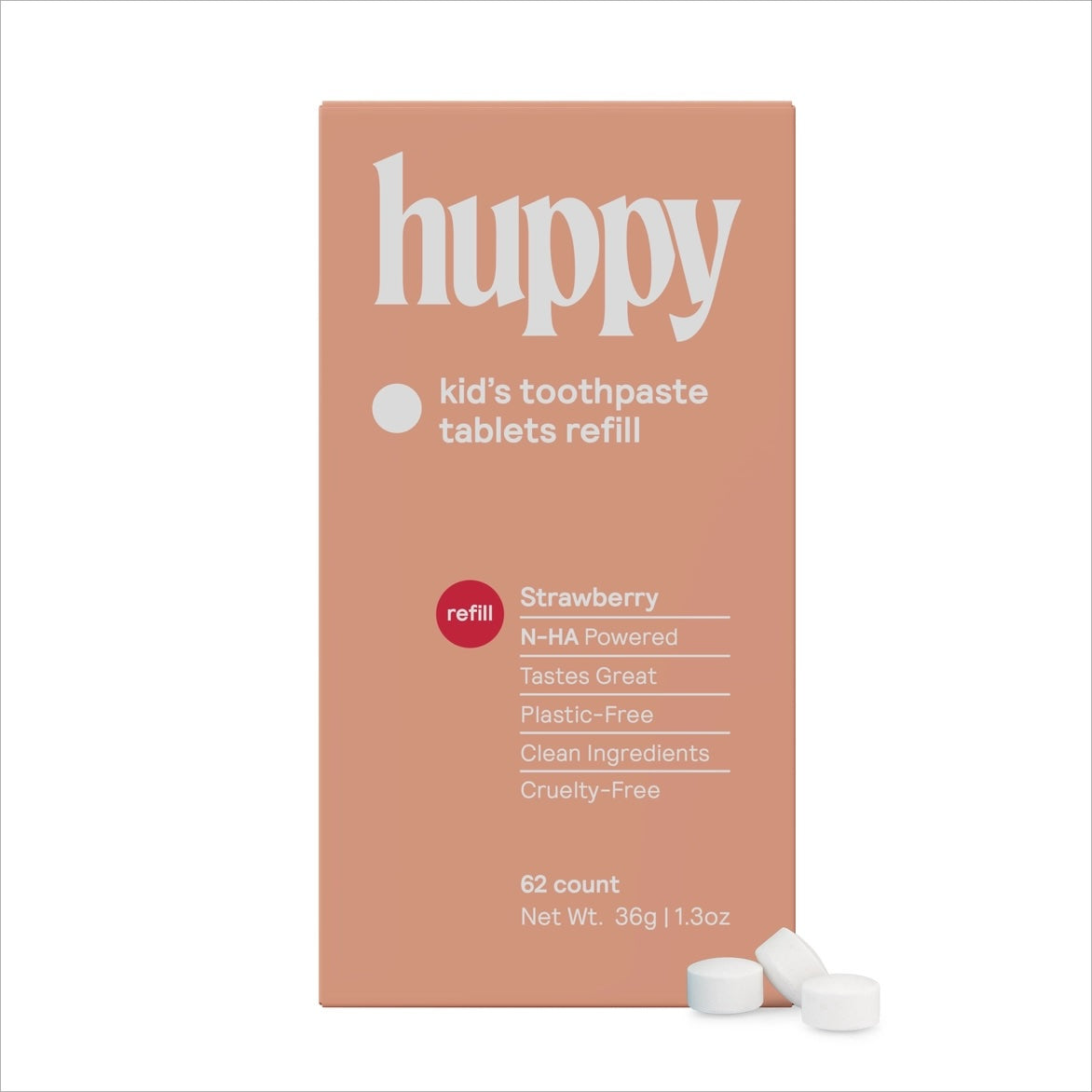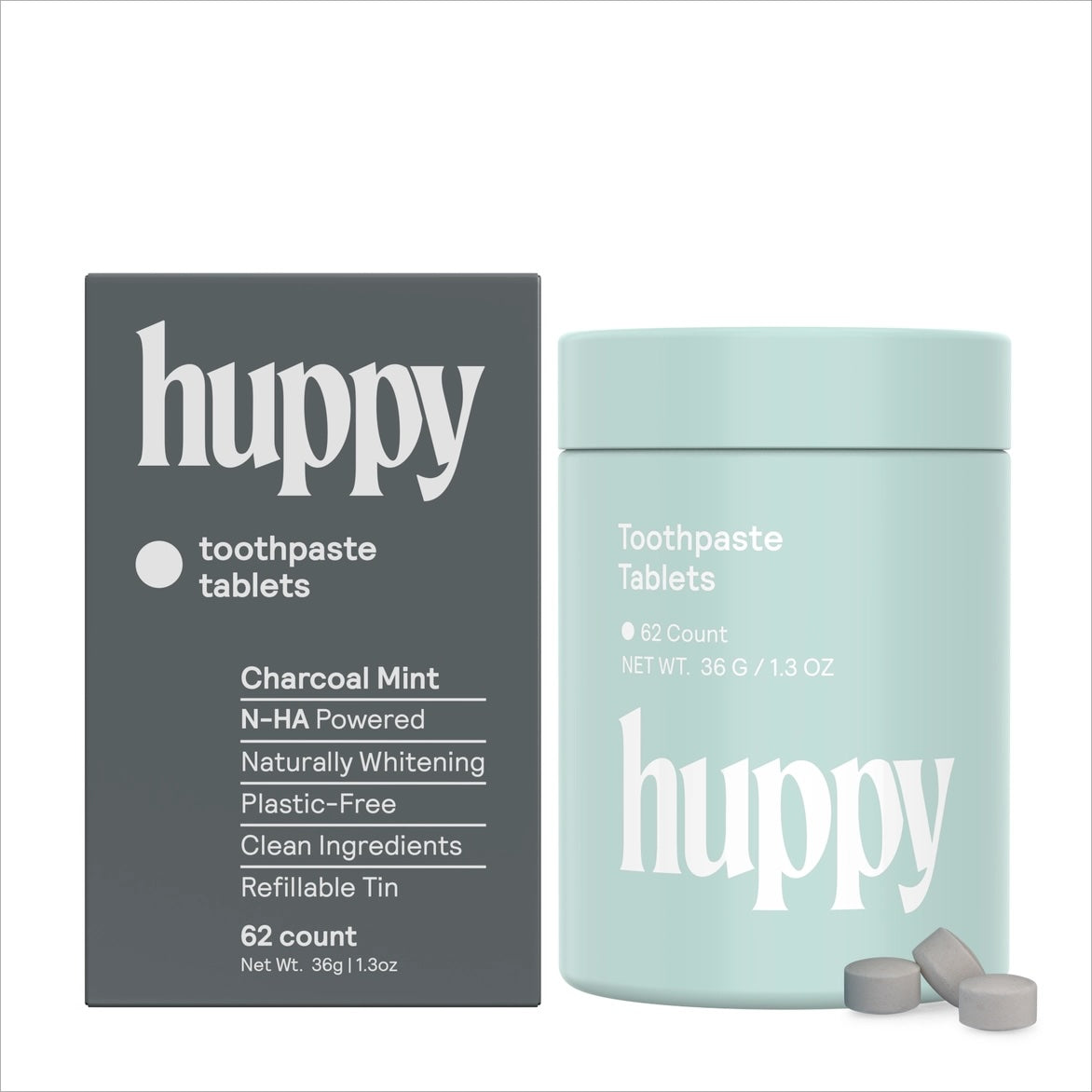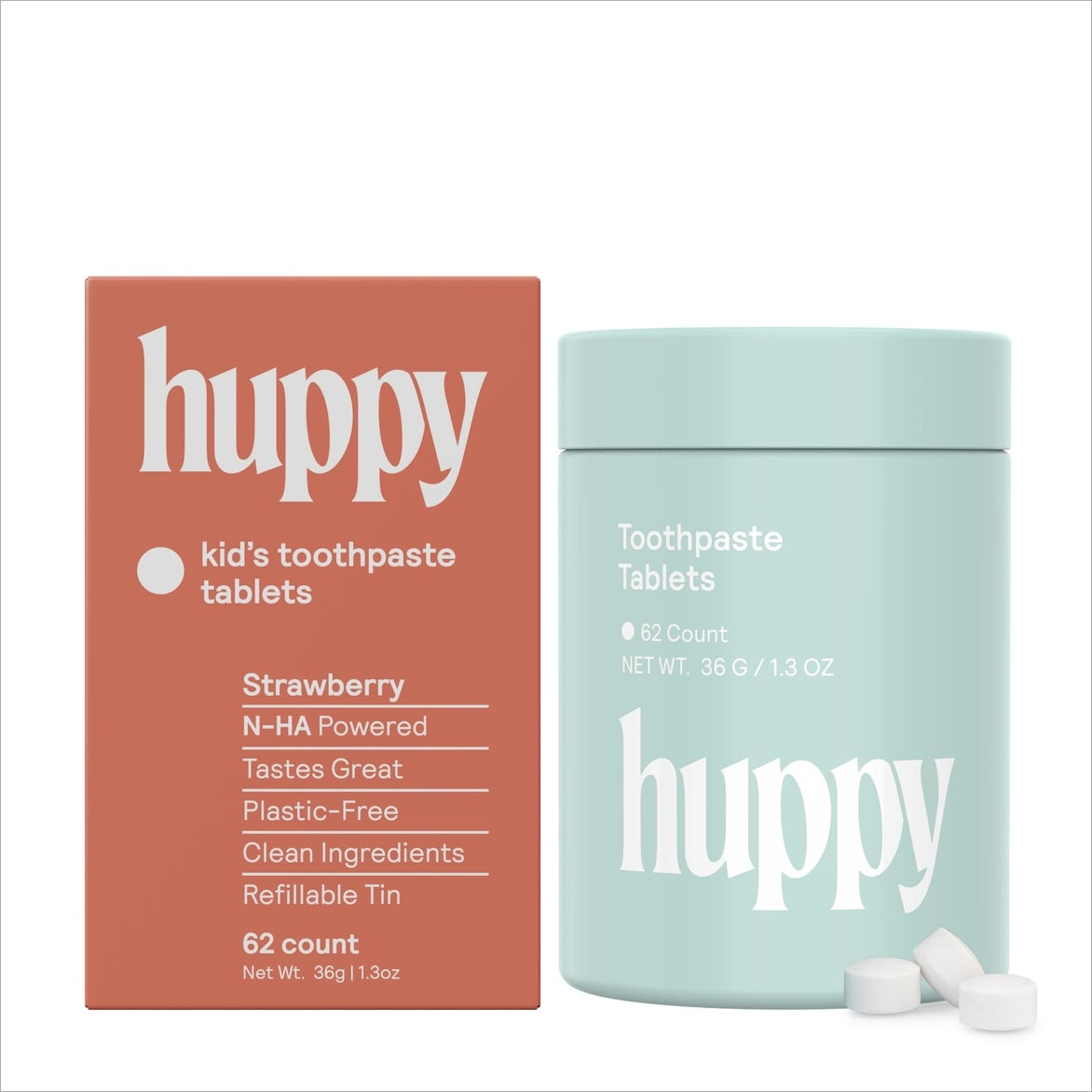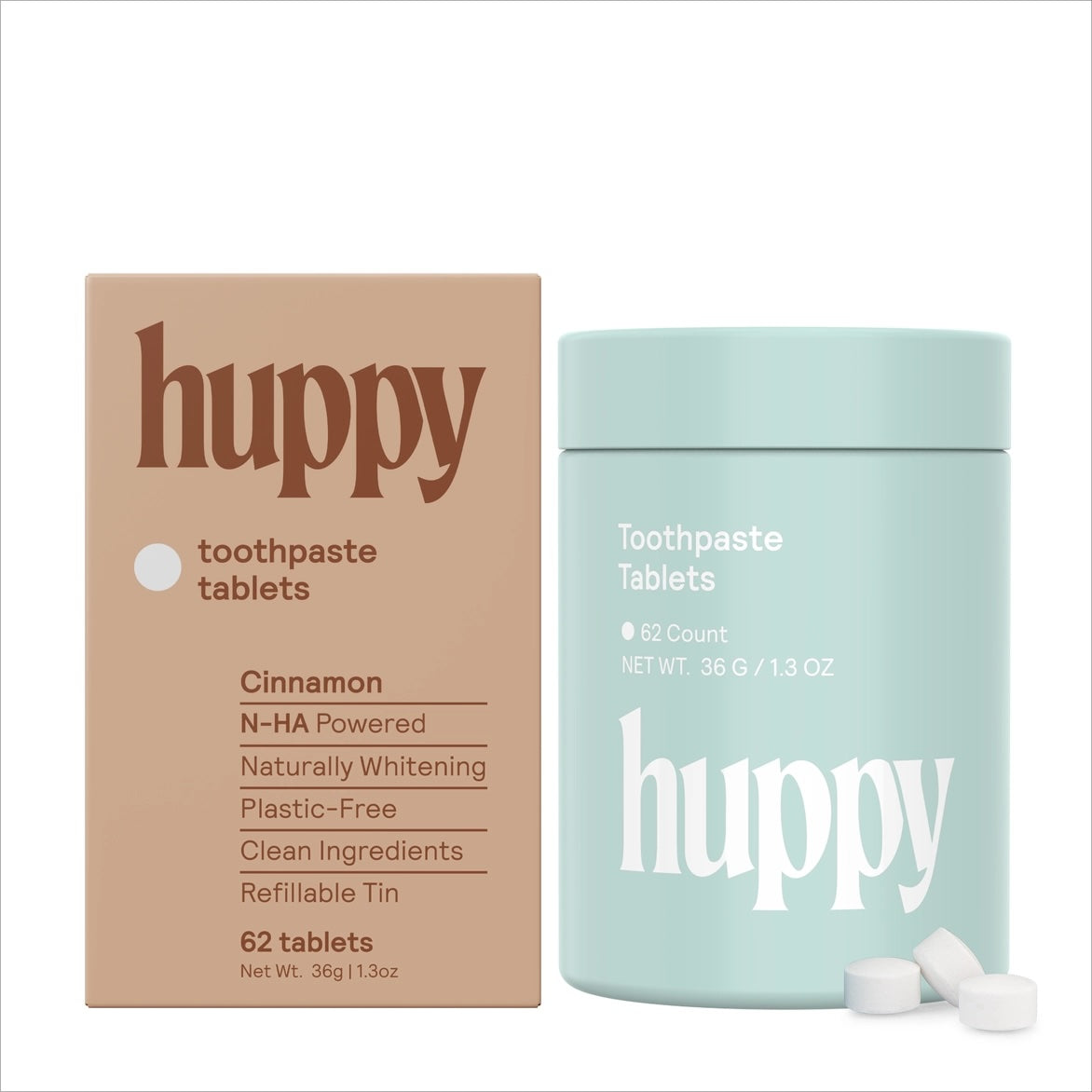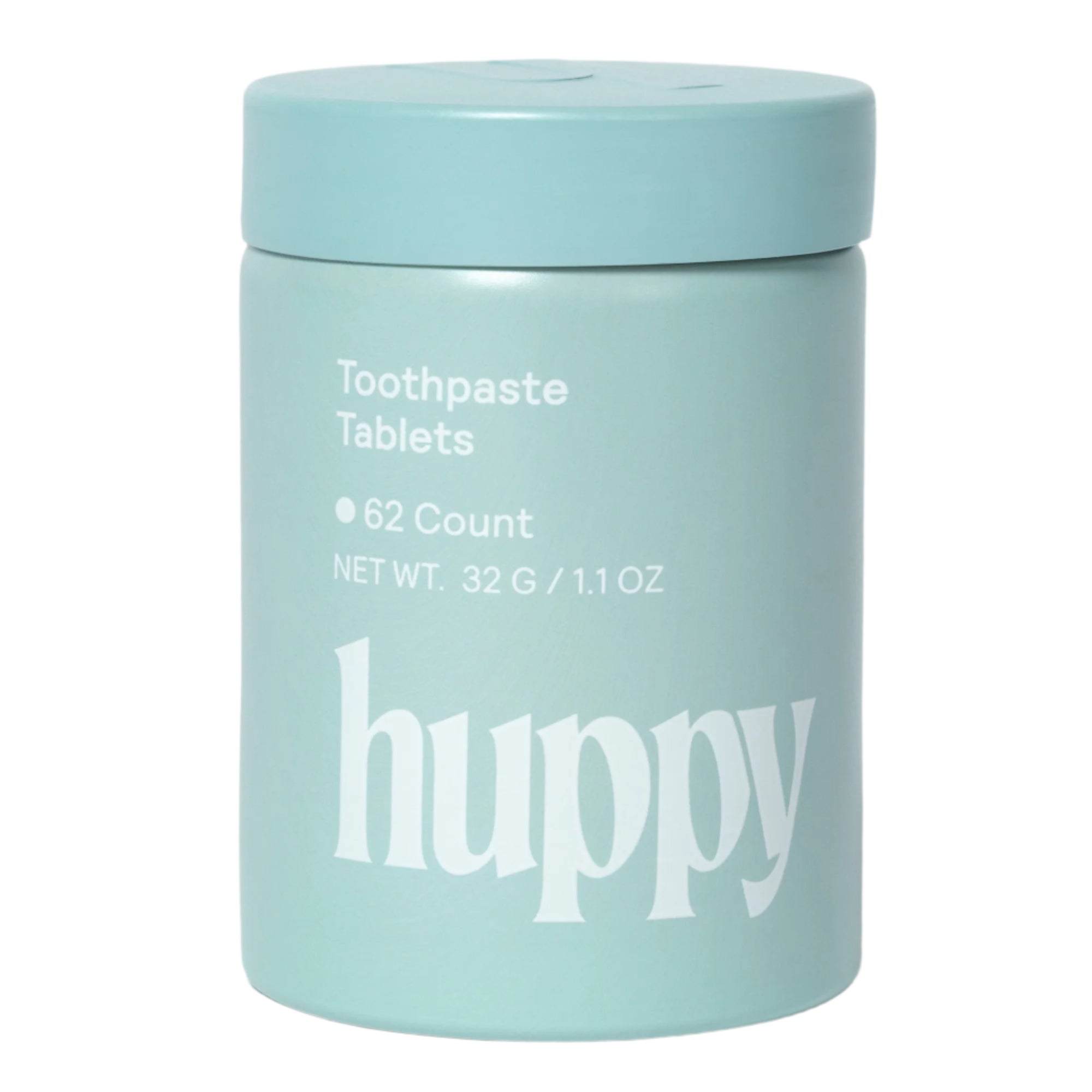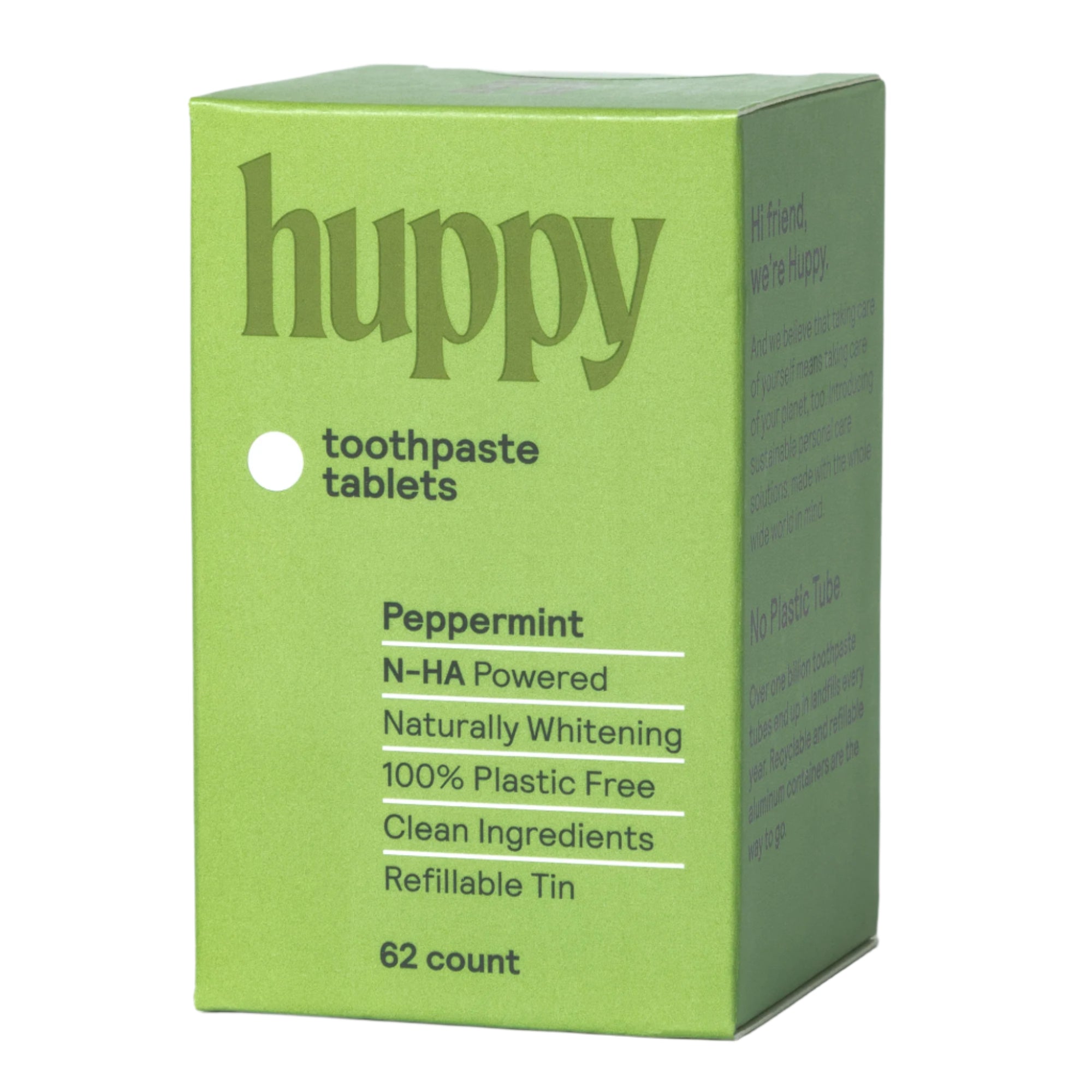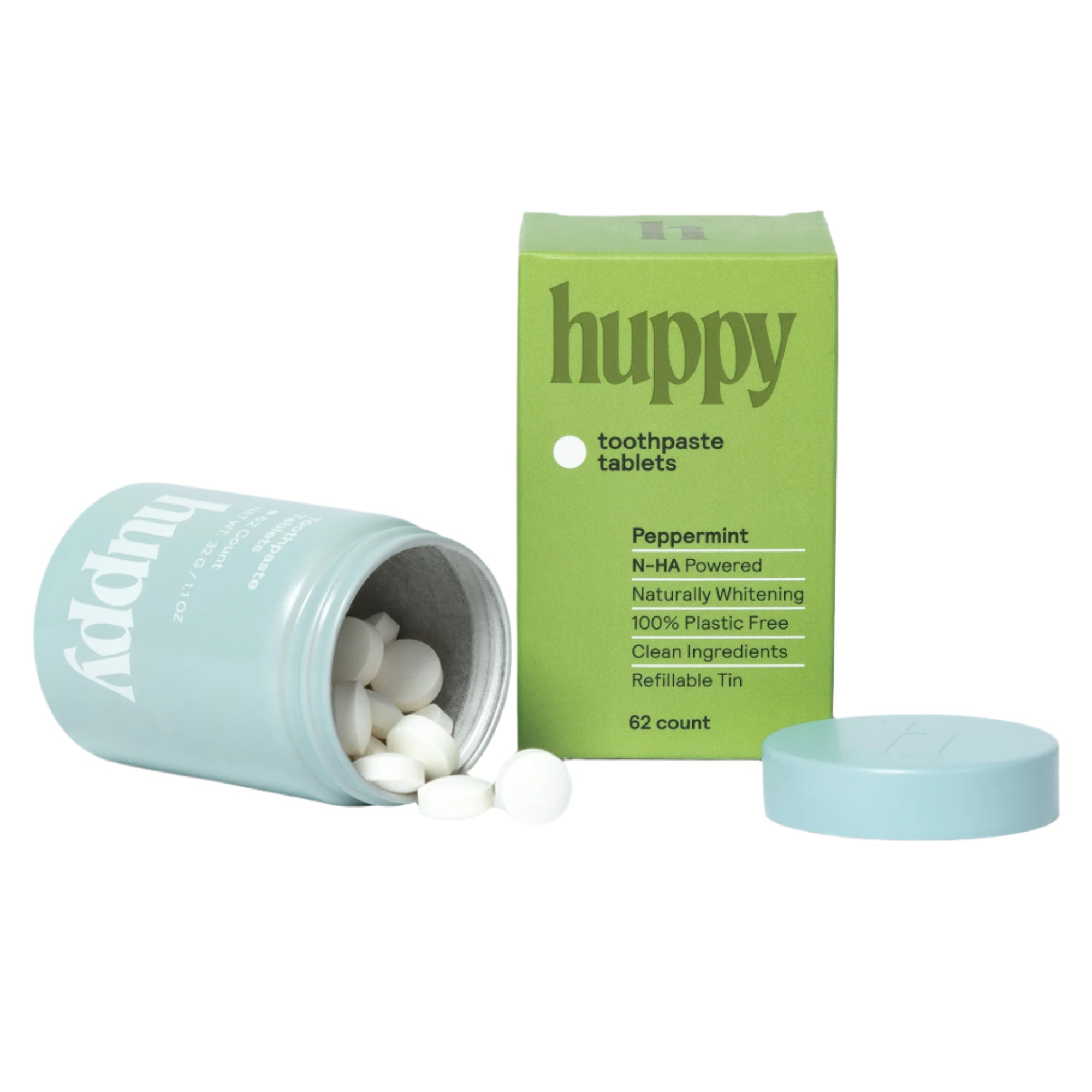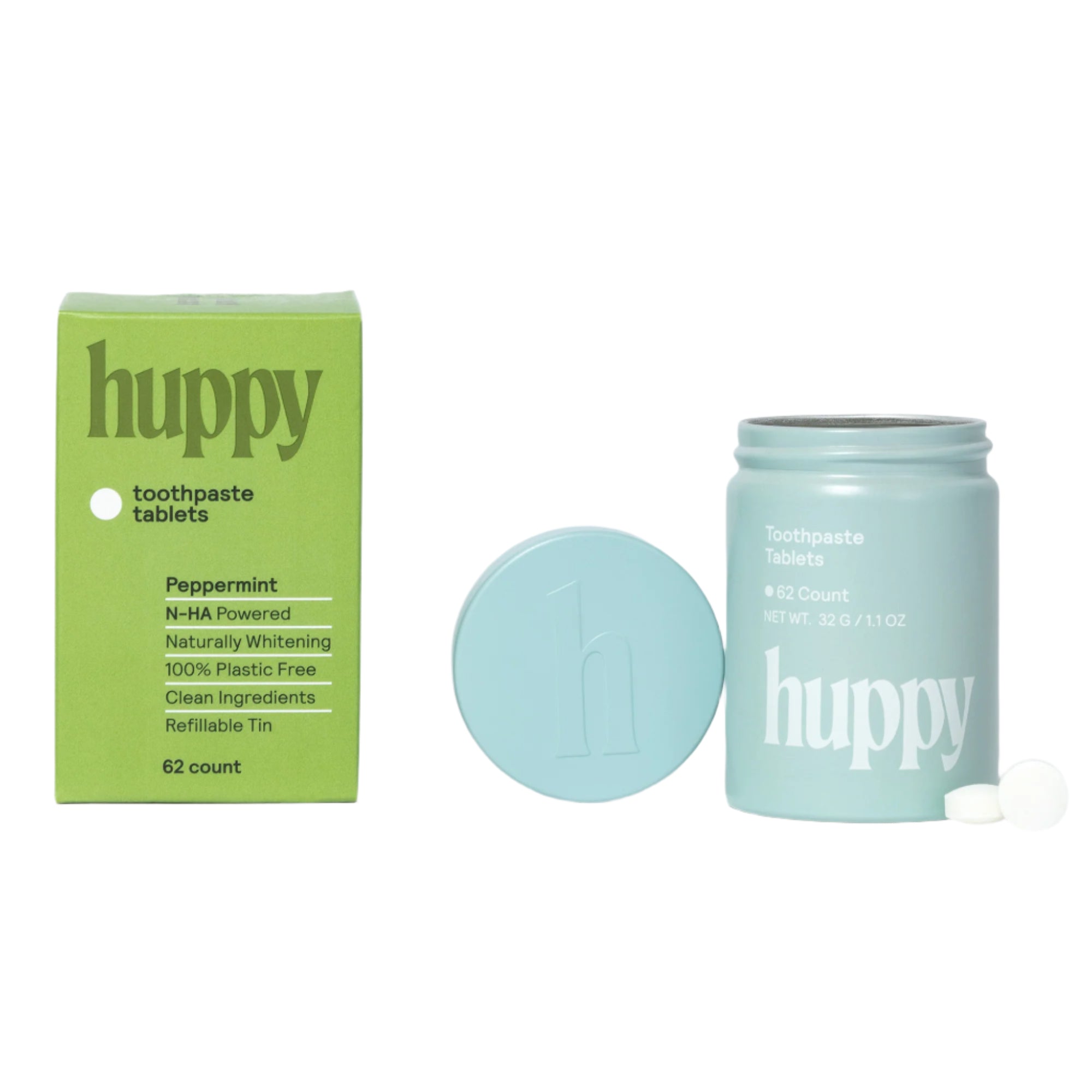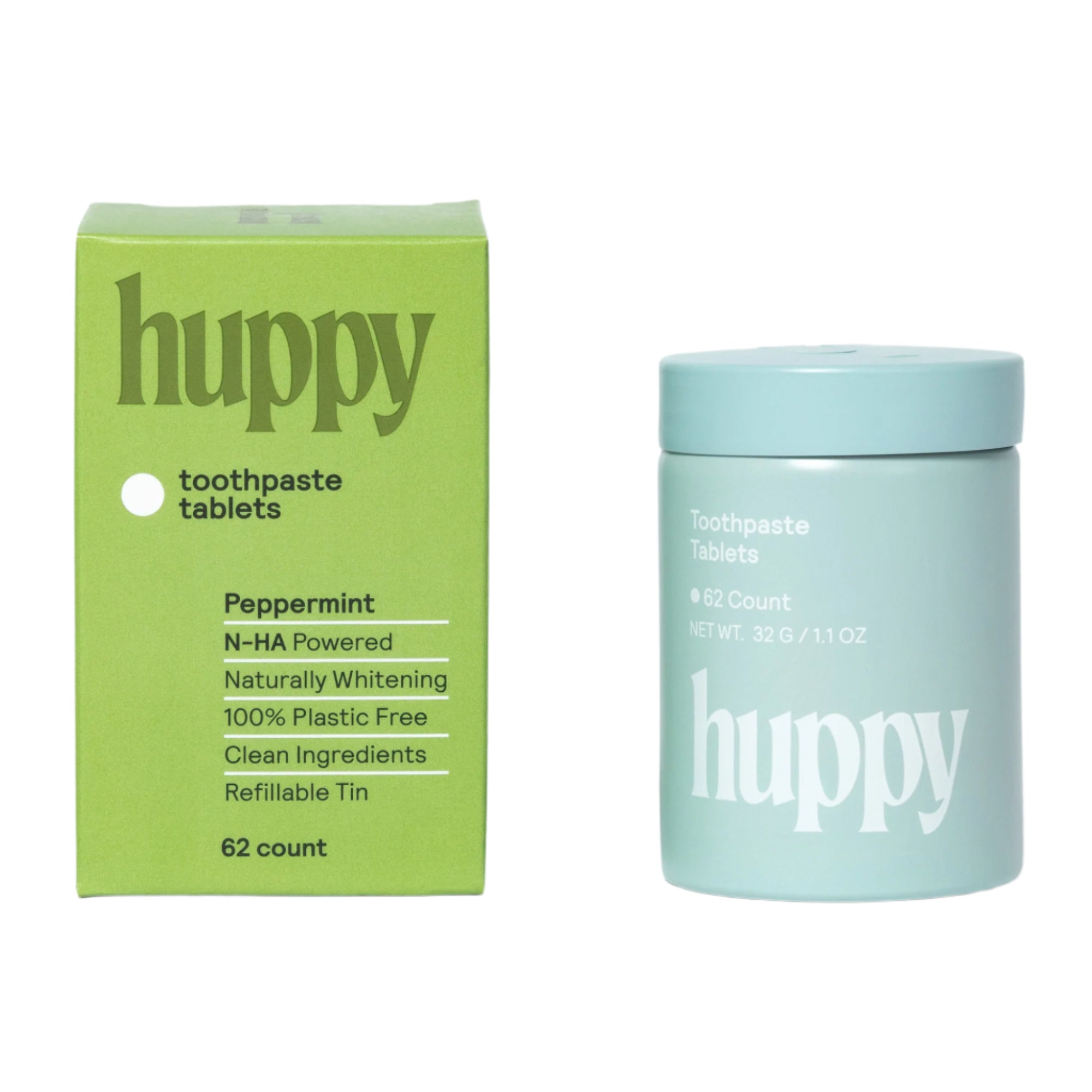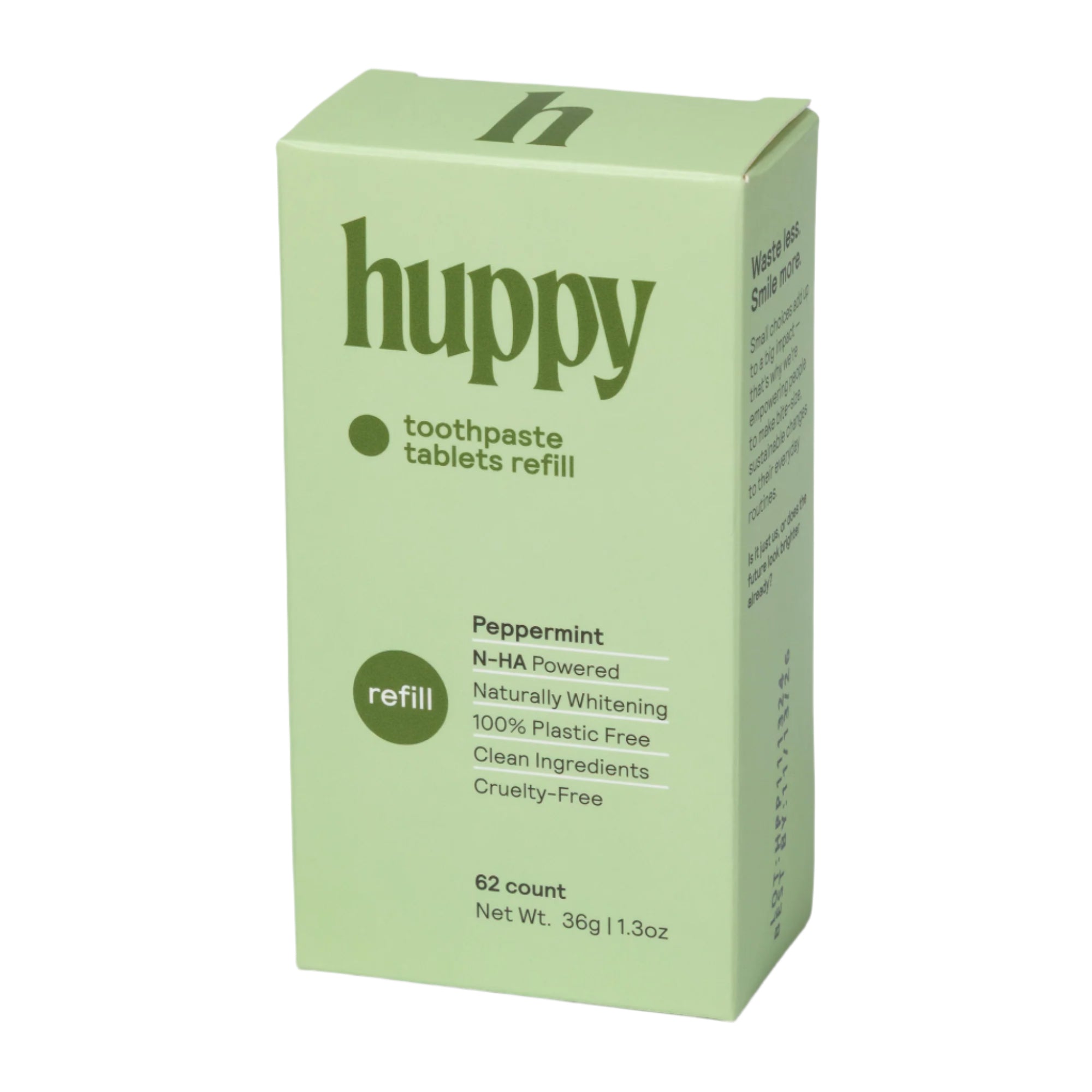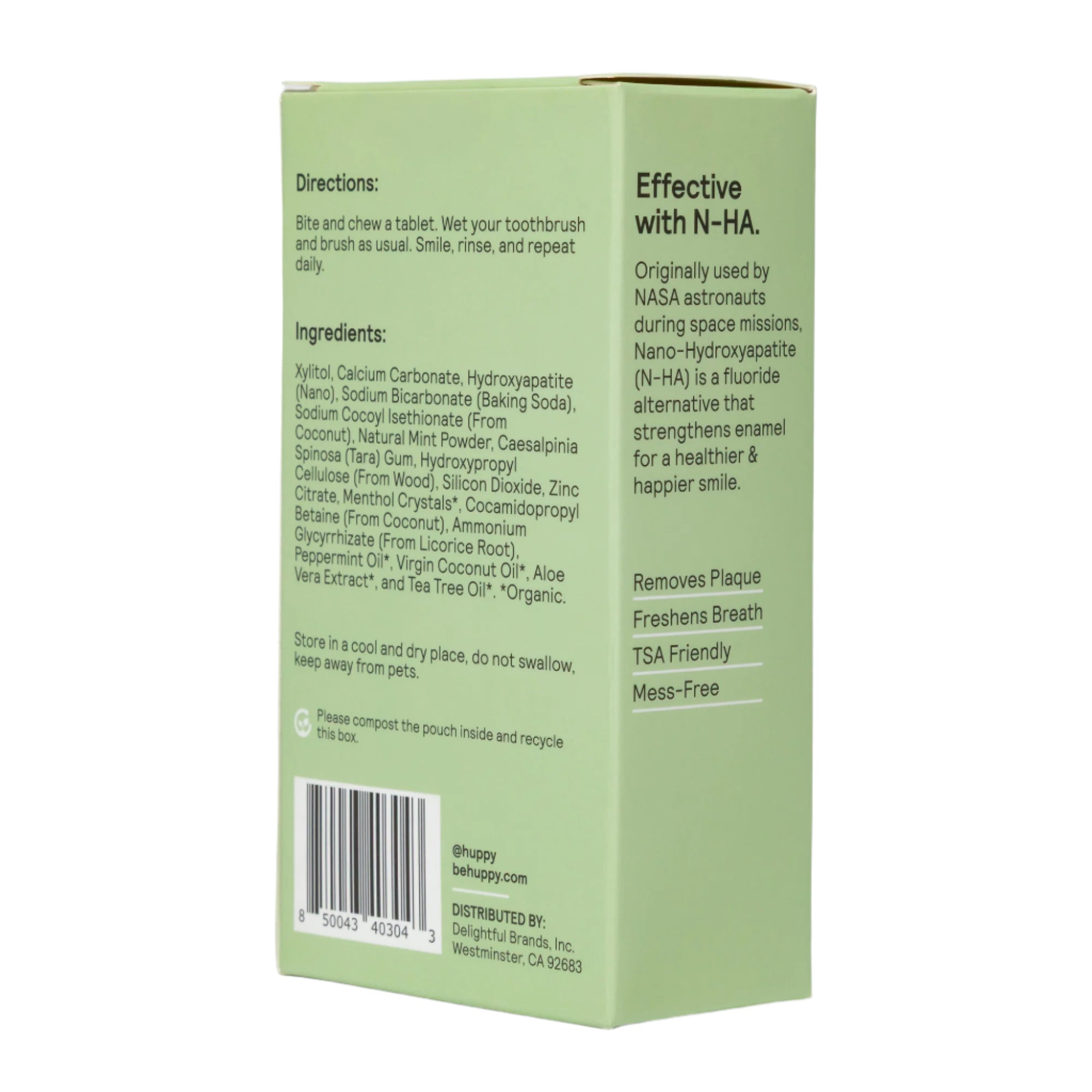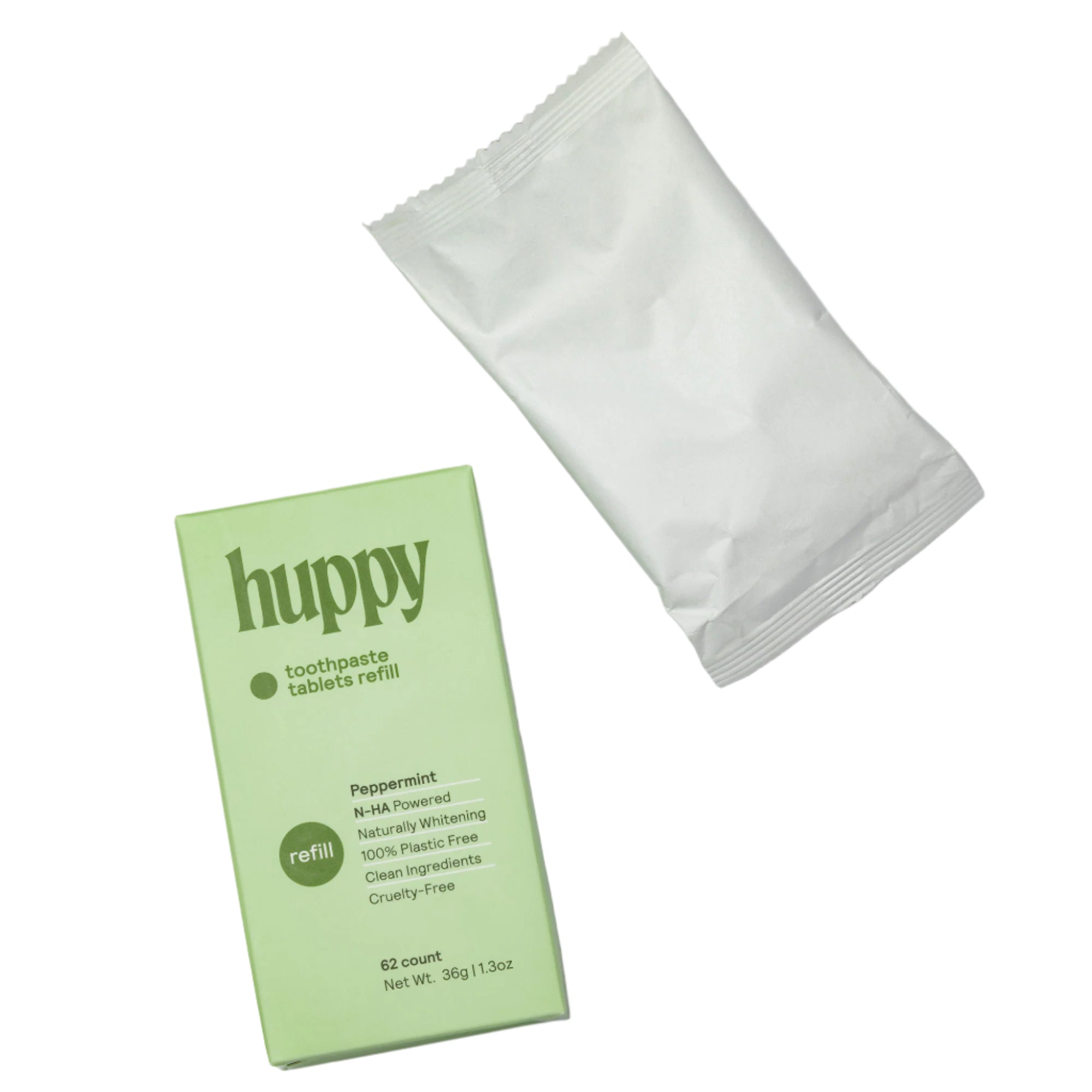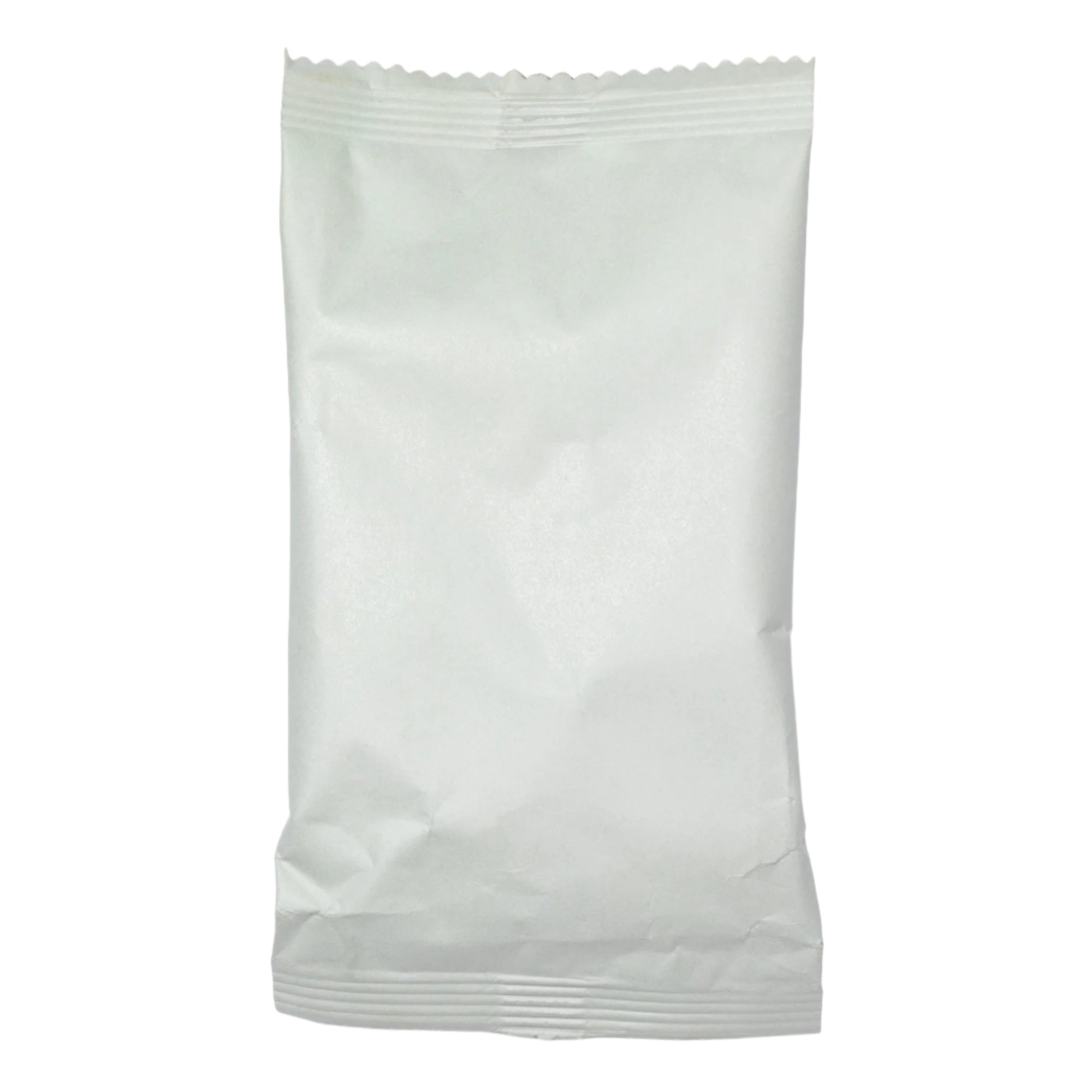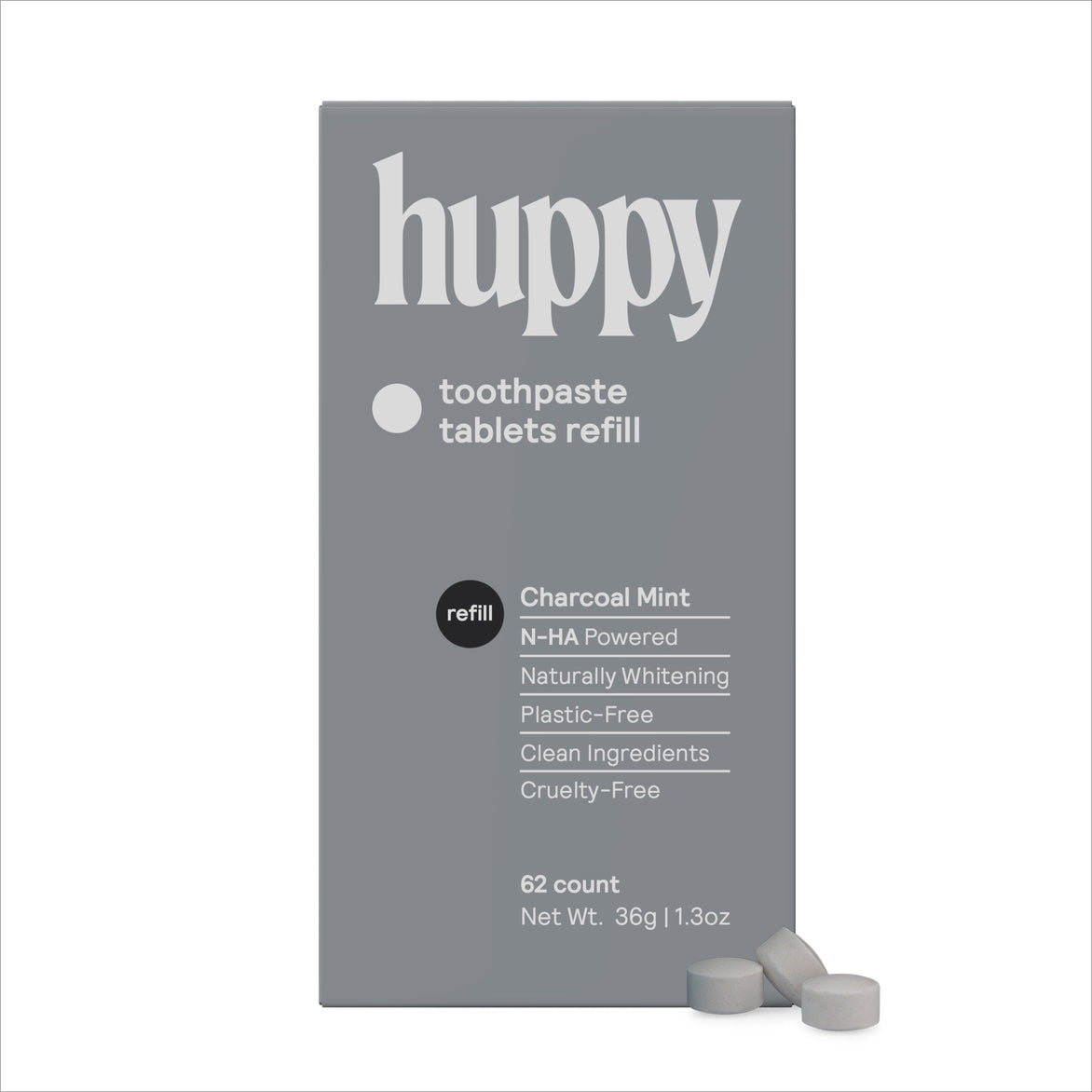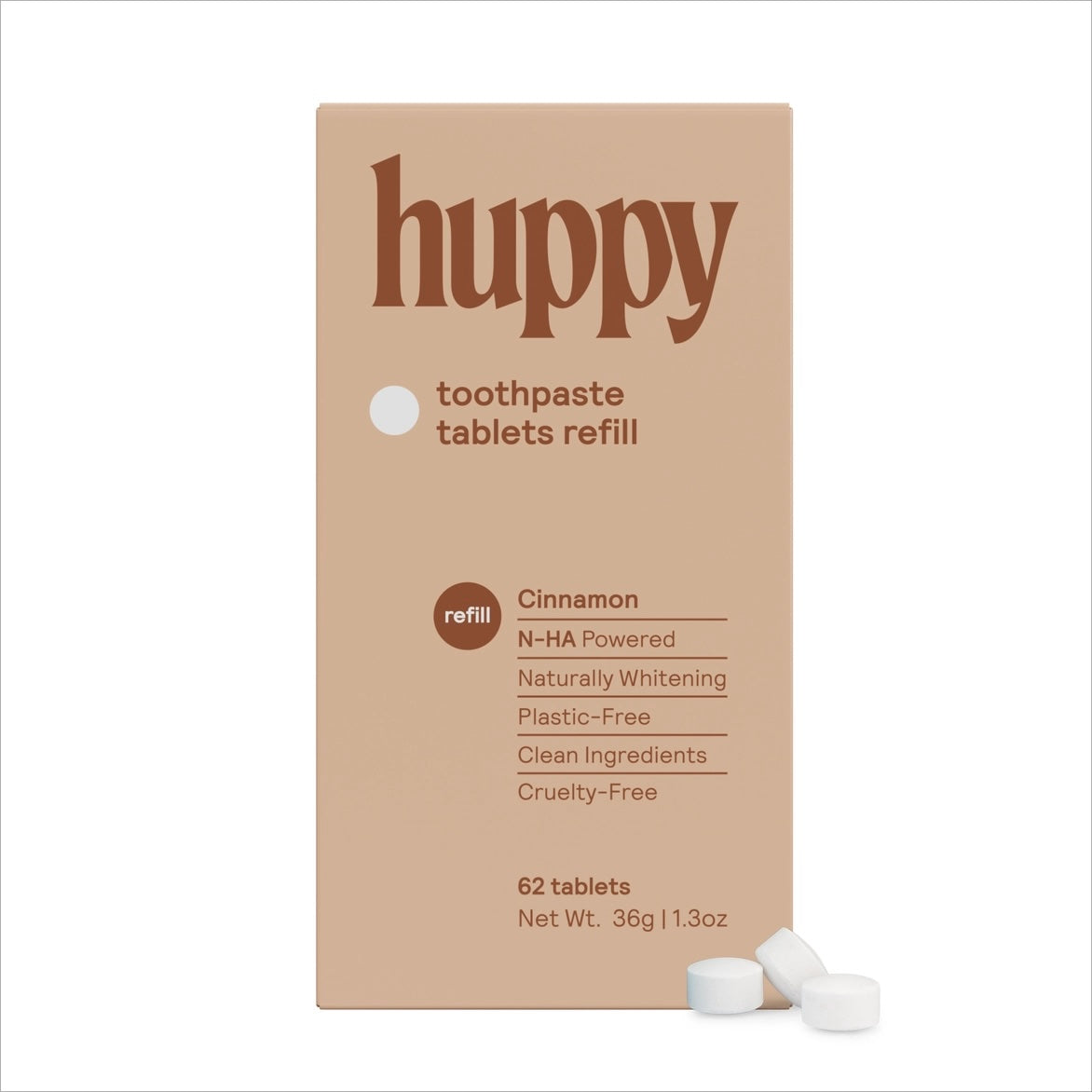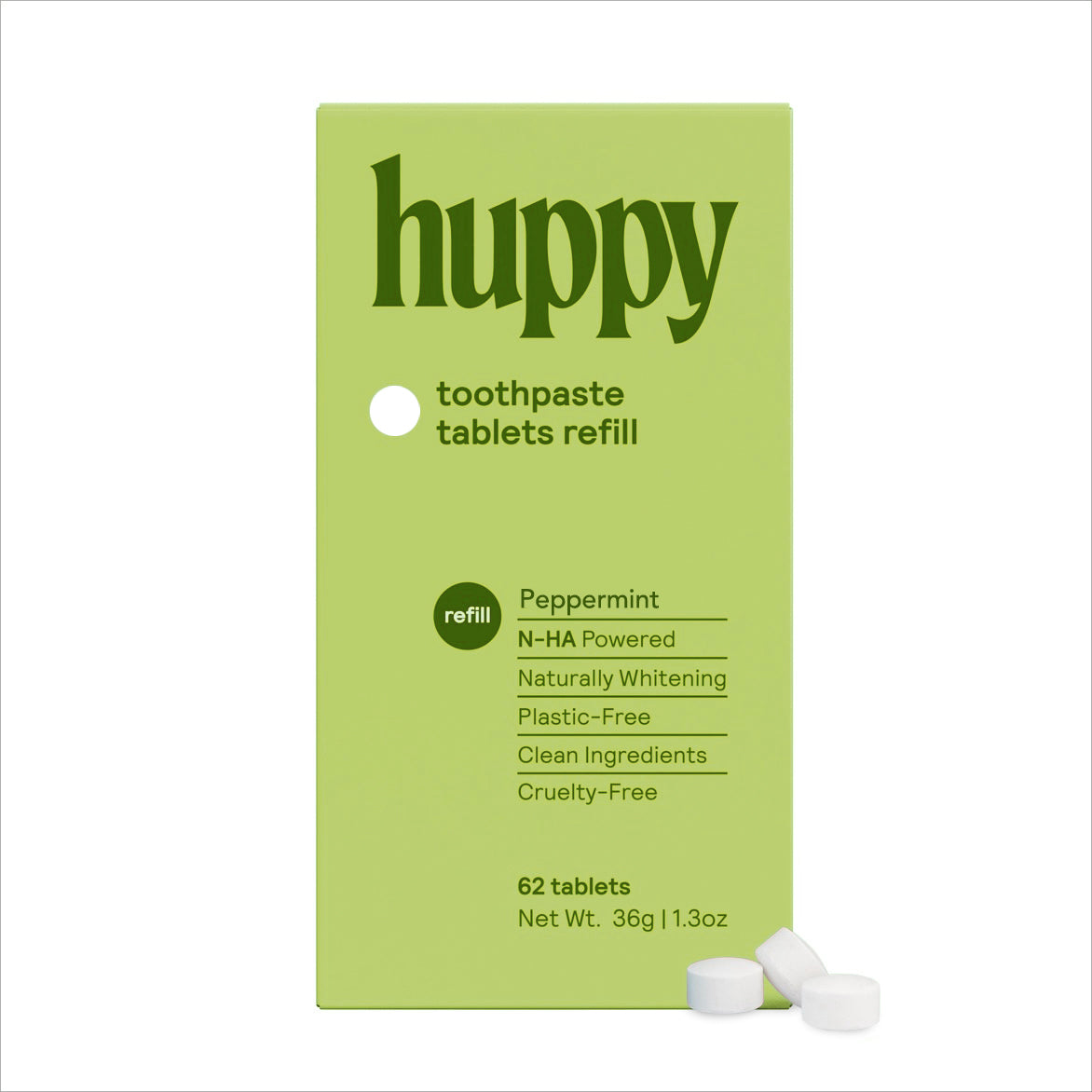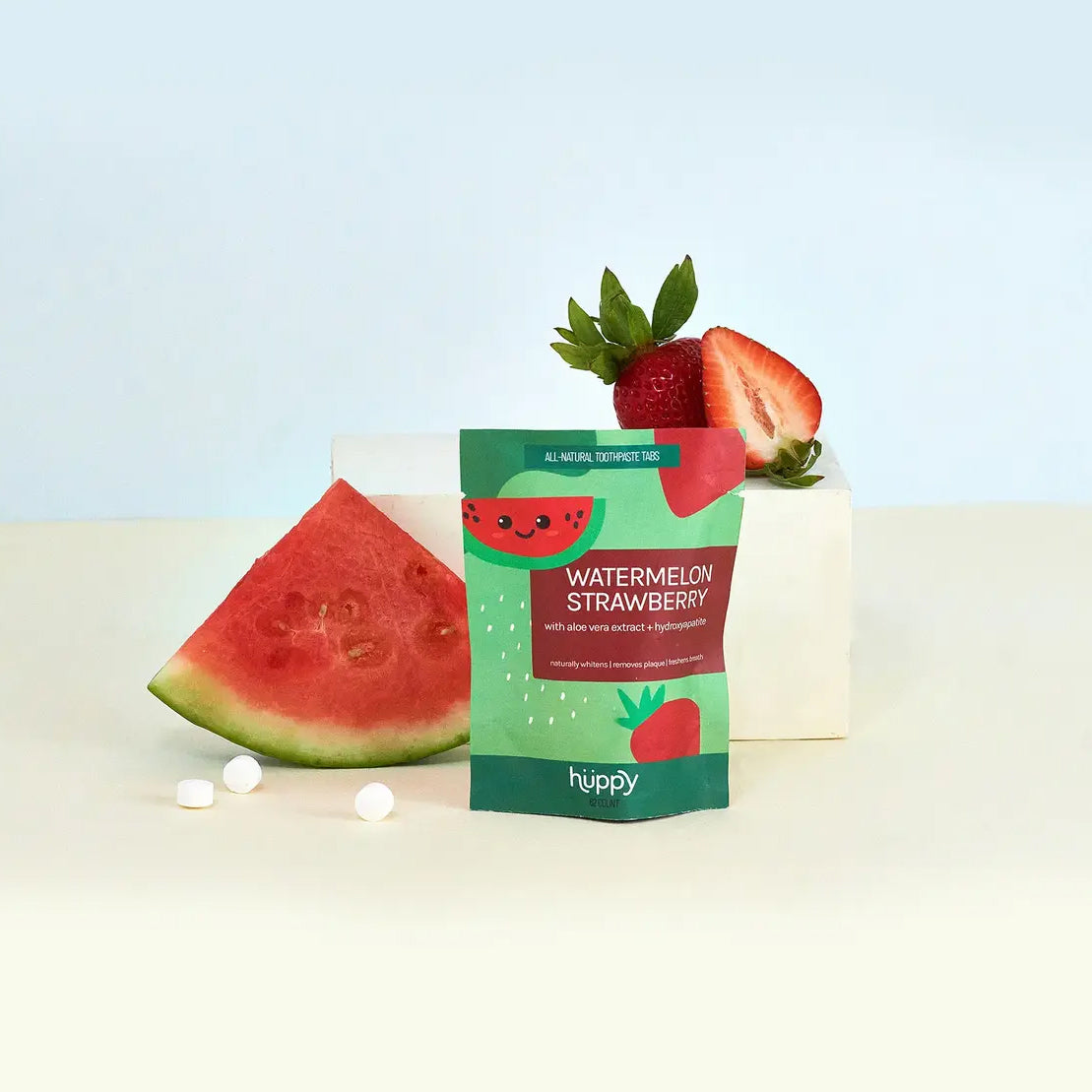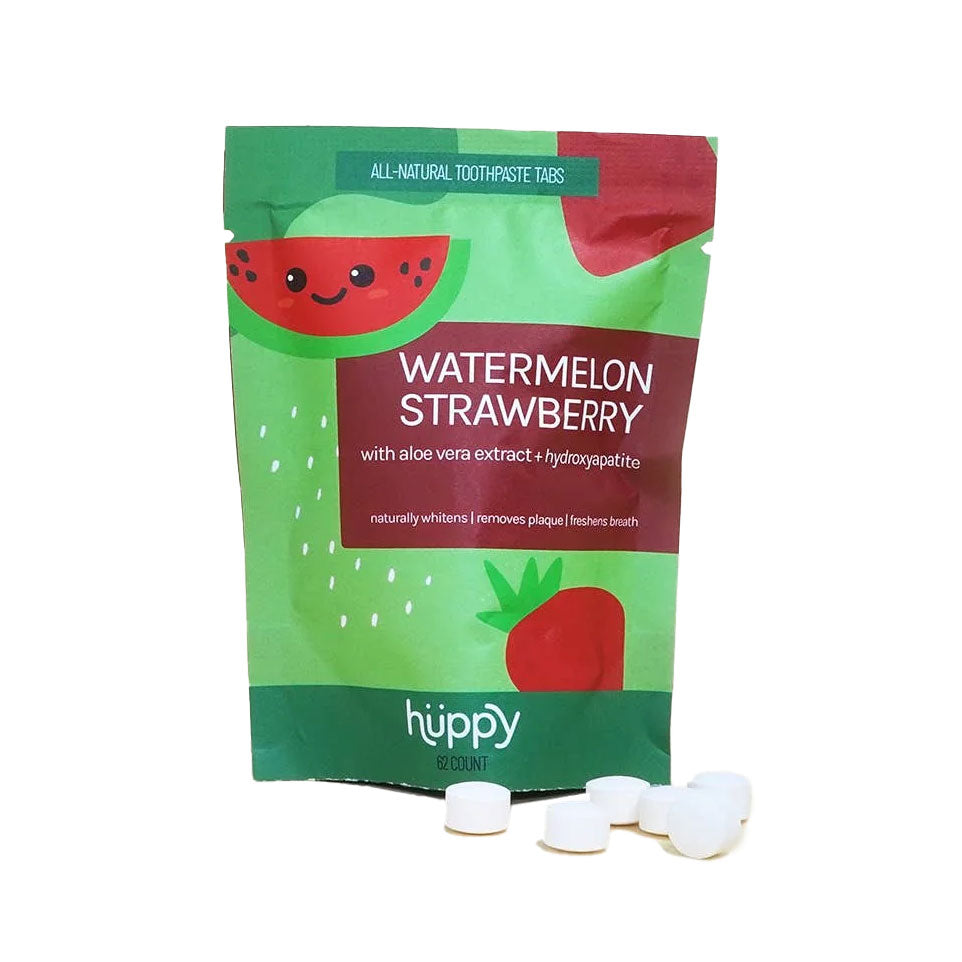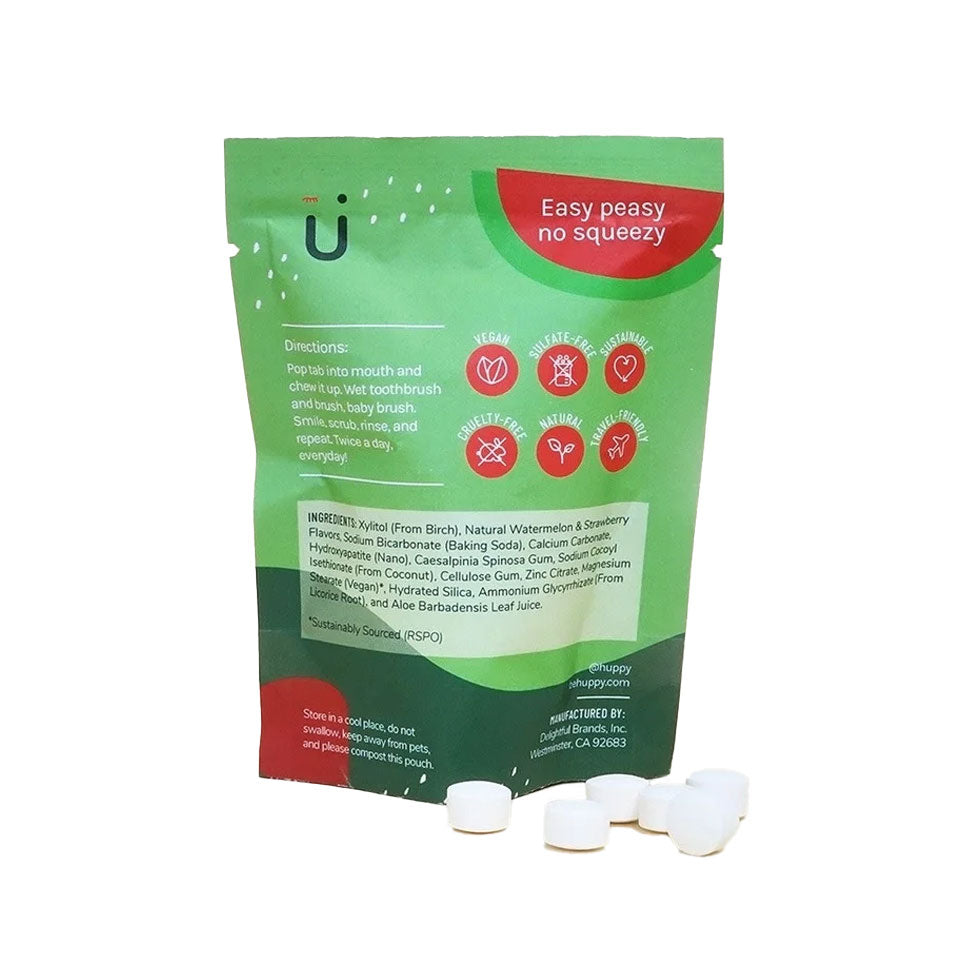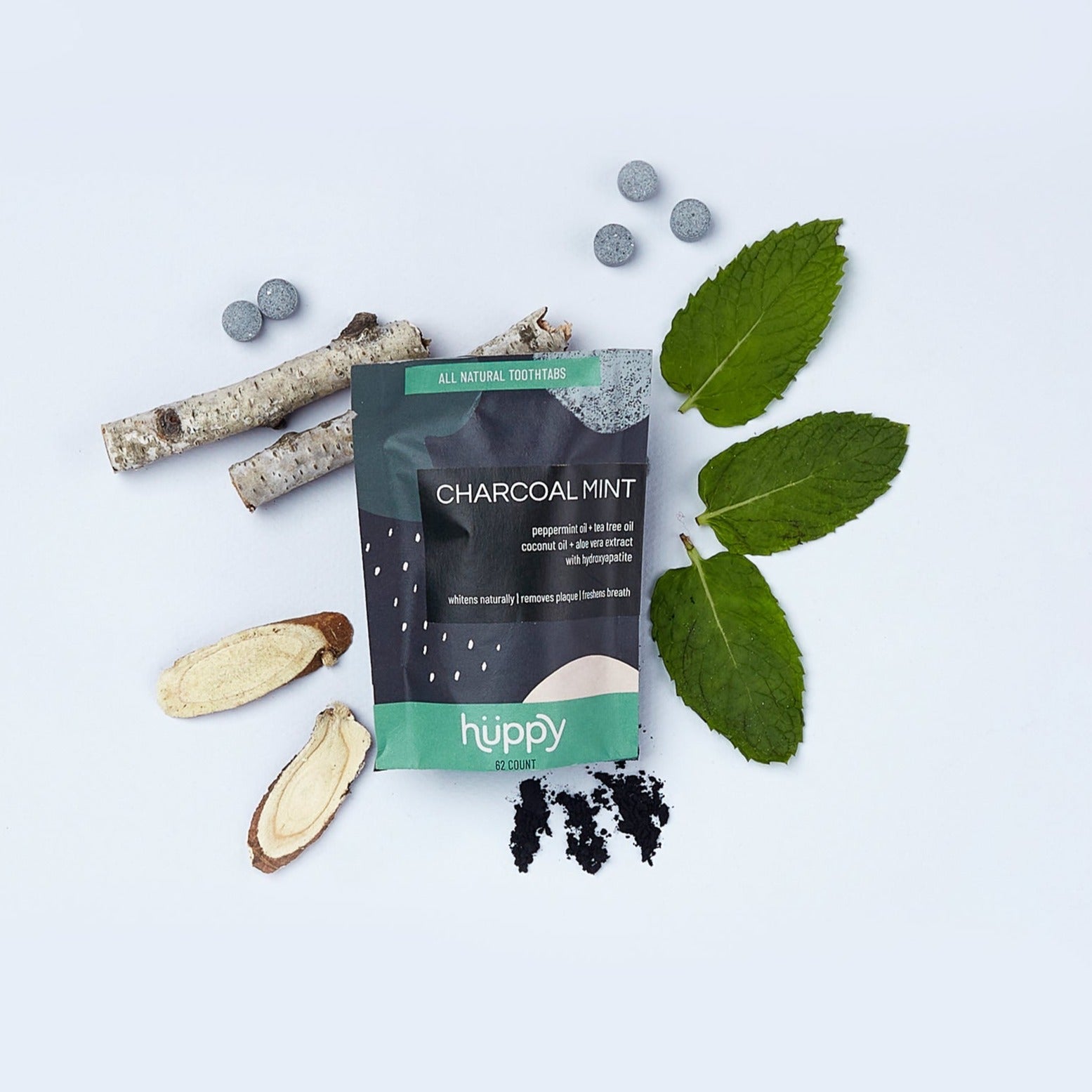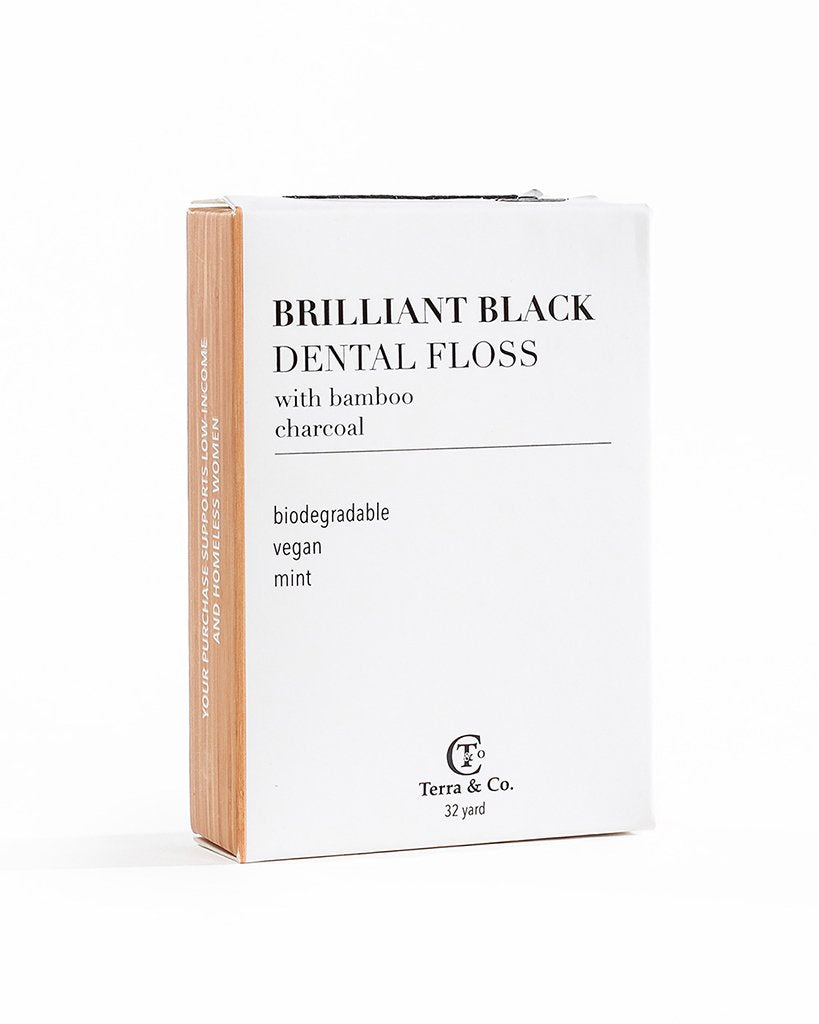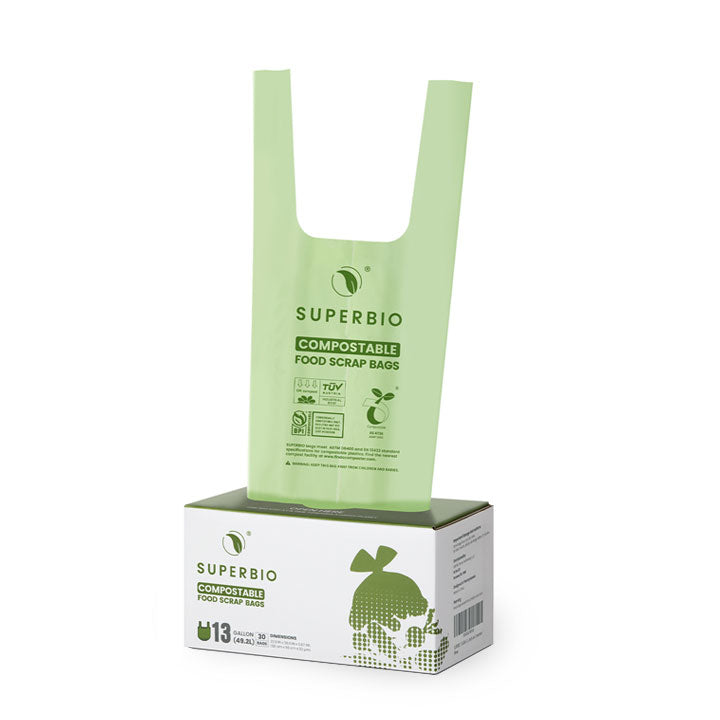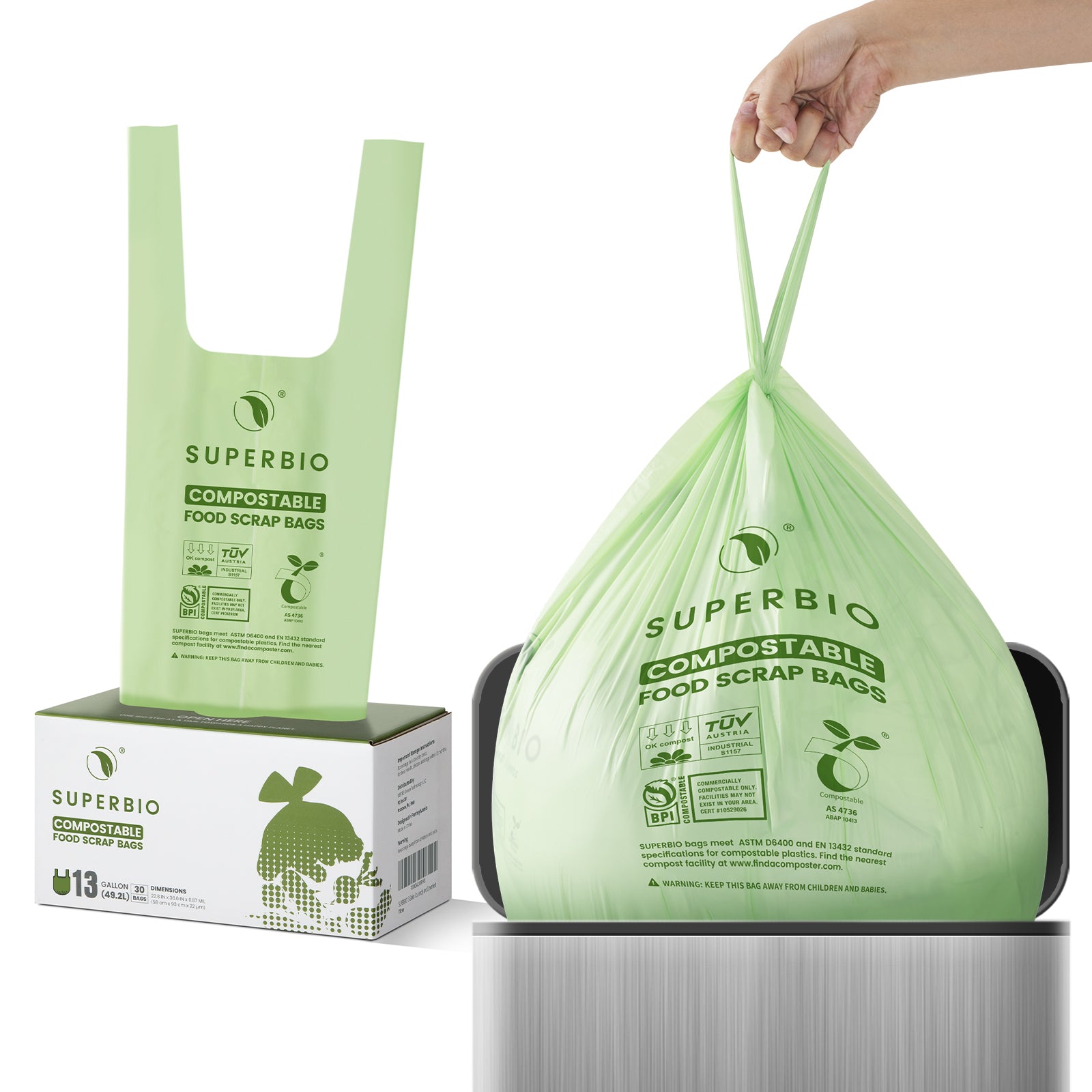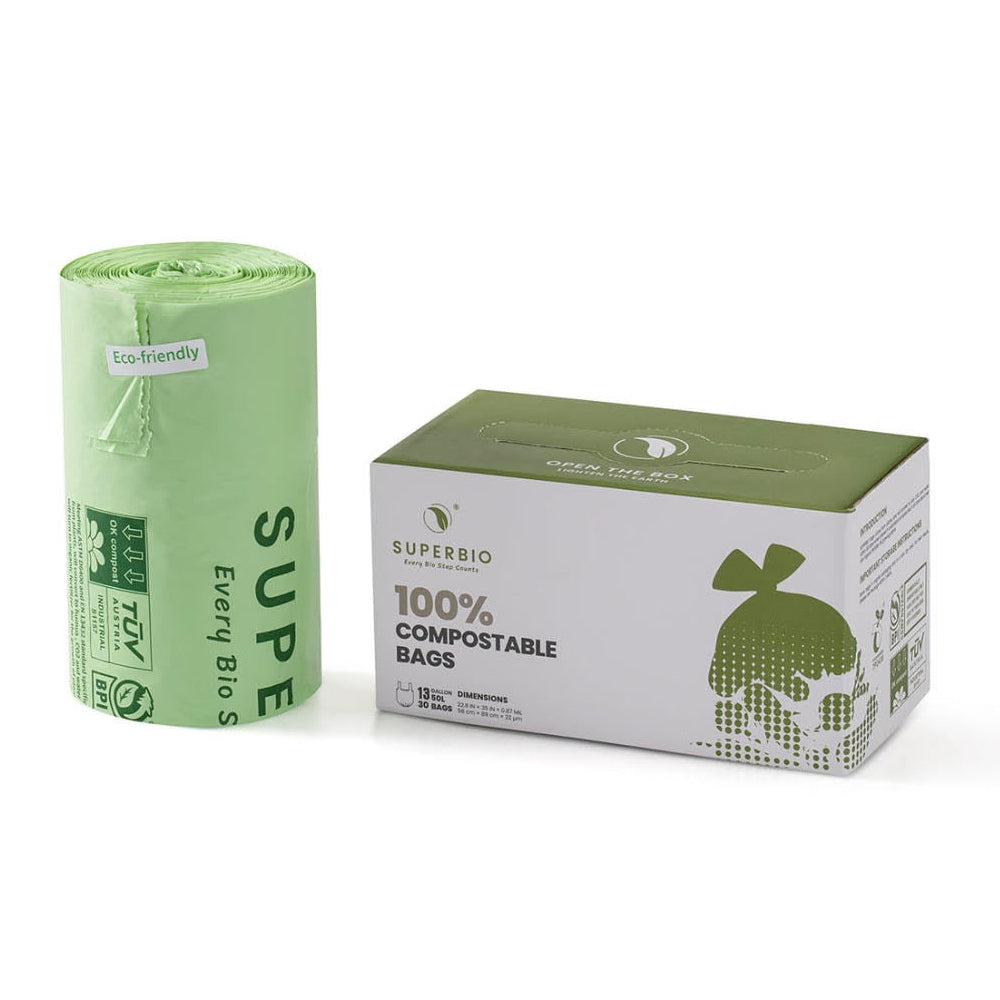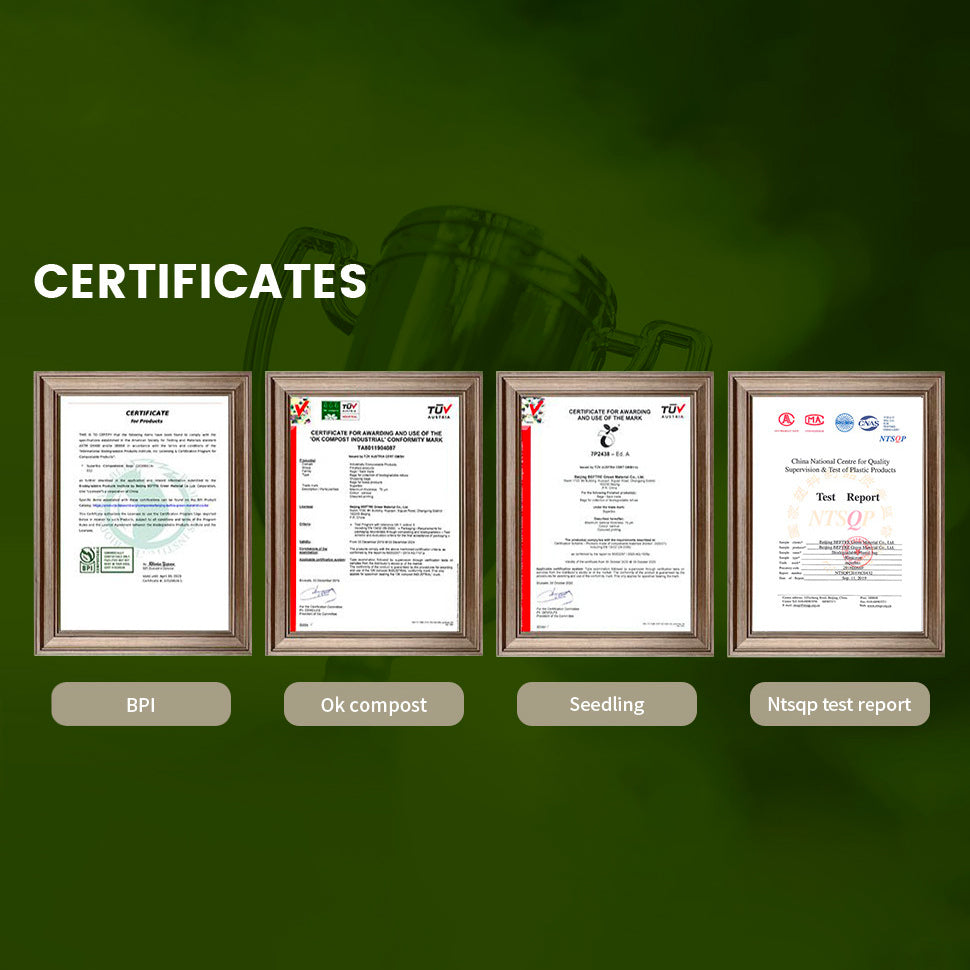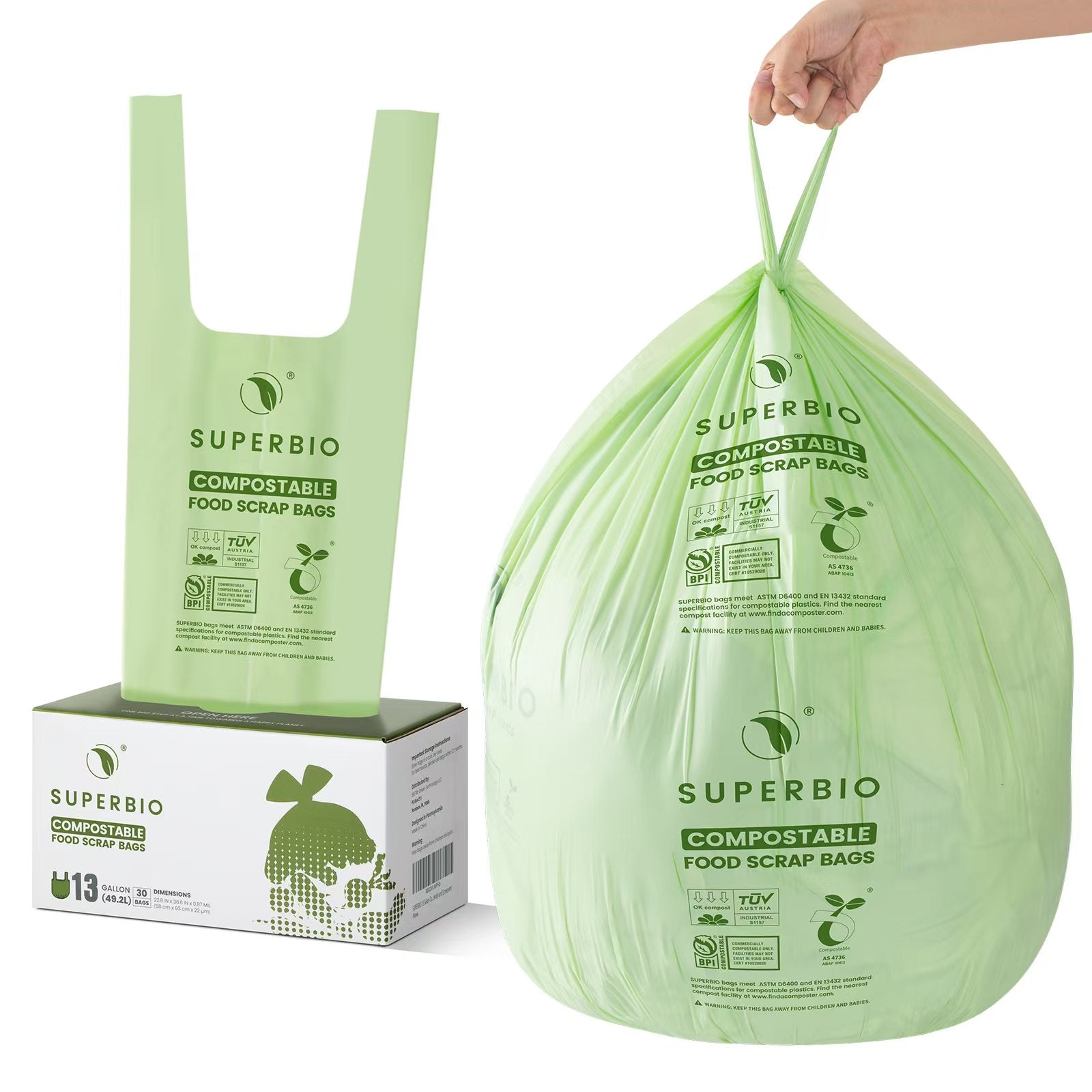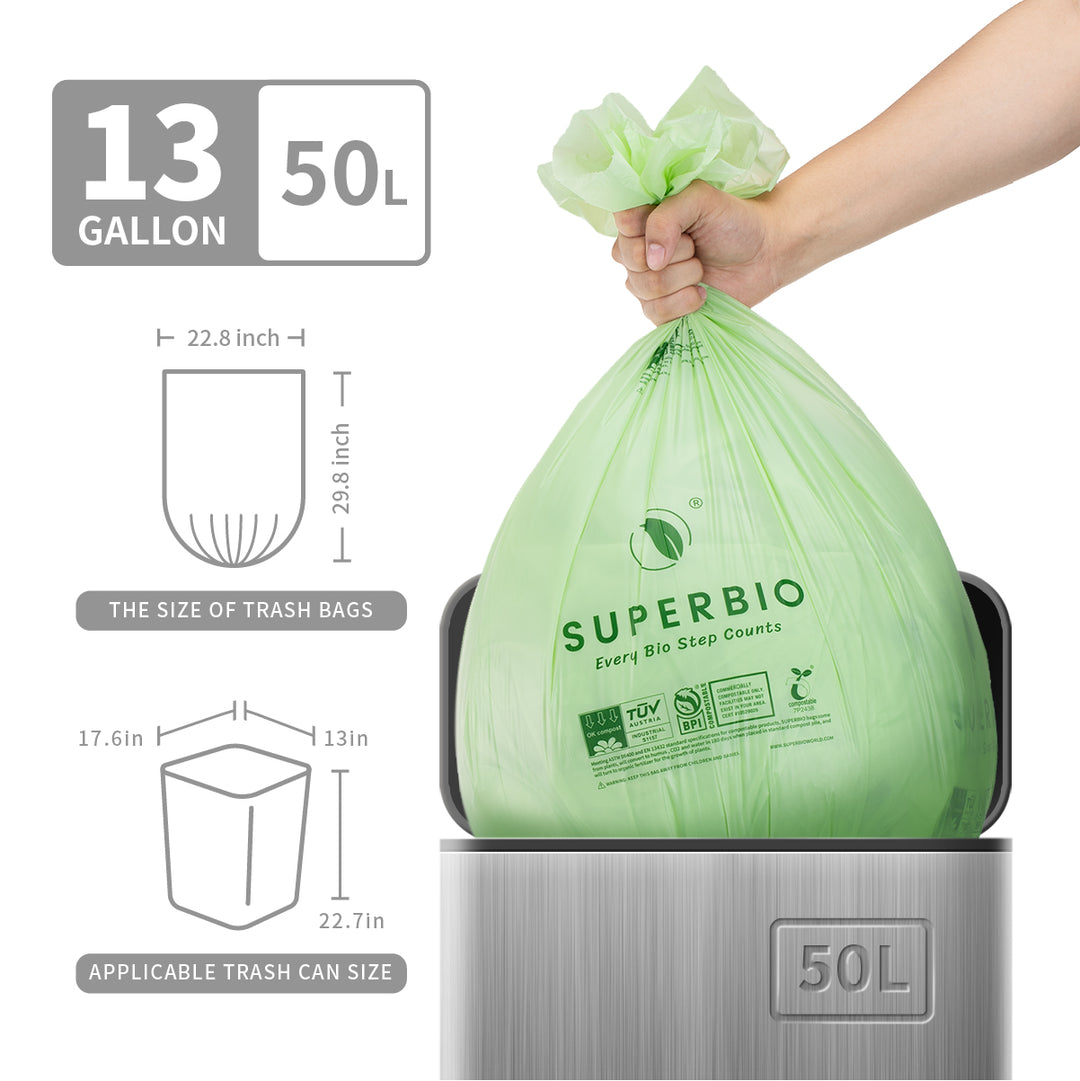Cyanobacteria Take Over Baltic Sea in Alarming Green Invasion
A startling transformation has swept across the Baltic Sea. Satellite images captured in July 2025 show the water glowing with swirling, iridescent green streaks. But this is no natural wonder or harmless seasonal flourish. The eerie hues are the result of a massive bloom of ancient photosynthetic microorganisms—cyanobacteria—turning the sea into a shifting, toxic canvas.
The imagery, taken by the Operational Land Imager-2 aboard NASA’s Landsat 9 satellite, reveals thick concentrations of phytoplankton, particularly in waters south of Gotland and southeast of Stockholm. As The Debrief explains, this annual bloom is fueled by sunlight, warm water, and an abundance of nutrients that help these organisms thrive in summer months.

Cyanobacteria are ancient microorganisms thriving in the Baltic Sea each summer.
Cyanobacteria: Ancient Life, Modern Threats
Cyanobacteria, often mischaracterized as blue-green algae, are among Earth’s oldest life forms. They’re capable of capturing solar energy through photosynthesis and fixing nitrogen directly from the water—an ability that gives them a competitive edge when other nutrients are scarce. These traits make them recurring summer guests in the Baltic Sea, NASA Earth Observatory reports.
But while they may be ancient, their impact is alarmingly modern. Cyanobacteria are capable of producing toxins that pose health risks to humans and animals. According to WWF Sweden, the blooms have already made some bathing areas unfit for swimming, sickened pets, and disrupted vacation plans.
Their growth is encouraged by calm weather, sunlight, and high phosphorus and nitrogen concentrations in the water—conditions that are increasingly common due to climate change and nutrient runoff from agriculture, forestry, and wastewater. These blooms are no longer just a seasonal nuisance; they are becoming longer, more intense, and more widespread.

Satellite images show the sea glowing green from explosive algae blooms.
A Sea Under Pressure
The Baltic Sea is especially vulnerable to such events. Its shallow, brackish waters are slow to exchange with the open ocean. This creates a perfect environment for nutrient accumulation. As WWF Finland points out, while emissions have declined over past decades, legacy nutrients stored in seabed sediments continue to feed the blooms. And every new wave of nutrients—whether from heavy rains washing fertilizers into rivers or under-treated wastewater—adds fuel to the fire.
As the cyanobacteria bloom dies off, the process of decomposition consumes oxygen, especially near the seafloor. This results in large "dead zones"—areas so depleted of oxygen that most marine life cannot survive. Such zones already plague deep areas of the Baltic and have led to significant declines in species like cod and herring, which require cooler, oxygen-rich waters to spawn and feed.

These microorganisms fix nitrogen and thrive on phosphorus in warm water.
Linking Land and Sea
Much of the blame lies on land. Agricultural runoff is the biggest culprit behind the excess nutrients, particularly in Sweden and Finland. Fertilizer overuse, poor sewage systems, and deforestation all contribute to the flow of phosphorus and nitrogen into rivers that empty into the sea. According to WWF experts, climate-driven changes such as intense rainfall and flooding only accelerate this transfer.
Still, solutions exist. Better water management practices, such as cover cropping, constructing wetlands, and precision fertilization, can reduce runoff. Upgrading wastewater systems and rethinking ditch drainage could also help. And WWF’s efforts in Western Uusimaa show that targeted projects can curb nutrient loading and protect local ecosystems.
Alarming Symptom of a Bigger Problem
The sight from space is stunning, but it’s also a symptom. A sea turned luminous green might catch the eye, but below the surface it speaks of imbalance—of ecosystems out of sync and warnings left unheeded. The spread of cyanobacteria isn't just a seasonal headline. It’s a reminder that the Baltic is at a tipping point, and human activity continues to push it further.
Climate change and unchecked nutrient pollution are not abstract threats here. They are shaping the sea in visible, dangerous ways. Without a major course correction—one that reaches from field to faucet to the open sea—the blooms will keep coming, and the Baltic will keep changing.




























































































